Hampi, a UNESCO World Heritage Site that is a symbol of prowess and prosperity of the India’s Vijayanagara Empire. No school lessons are complete without a chapter that takes us through the history and heritage of this haloed land that was once ruled by honorable kings true to their title. A land where wisdom, art, prosperity, happiness flourished with near nil crime rate. What is dream today was once the order of the day in Vijayanagara empire. However less is enunciated about the metaphysical meanings hidden in the masterpiece art and craft as these profound prudence can only be experienced through a rendezvous between a traveler and the tomb.
Here is a DIY guide to the prodigious land of Hampi, that has its place in the heart of the mother of all architecture in Incredible India. This travelogue is a photo story and a philosophical perspective of the dexterity.
Best time to visit: Its a tropical climate and very hot and dry. The place can be visited throughout the year though in the months of November to February, the heat is more bearable.
Places to stay: Hyatt Place Hampi
Hampi is a distinctive choice for destination wedding. A great place to plan the wedding event is Orange County Hampi
Where to eat: Mango Tree Restaurant which is close to Virupaksha Temple.
Time: This is a place you could visit for a week or a weekend. The DIY guide recommends a median of weekend getaway and a week long stay.
How to reach Hampi:
- Nearest International Airport: Bengaluru.
- Nearest Domestic Airport: Hubli
- By Road: 350 Kms from Bengaluru.
- By Train: Bangalore City Junction to Hospet Junction (Hampi is 11 kms from Hospet Junction)
Day 1: Reach Hampi and Read
It counts and accentuates the experience doing some ground work when visiting the Heritage Sites. After a journey to get here, relax the day and retreat into a book to get an insight into the history and heritage of Hampi.
History Notes:
Period: 14th Century AD
Significance: Located on the banks of Thunganadra river, it was the Capital of the most prosperous empire of India at that time, the Vijayanagara Empire.
Architecture: One will encounter state-of-the-art architecture in the religious, royal and military buildings found in Hampi.
Ruins: With the decline of Vijayanagara empire, Hampi became the ground for deranged Muslim invasion and lead its remorseful ruins we see today.
Day 2: Vitthala Temple and Thungabadra Dam
Route Map:
Visit the legendary Vitthala temple in the morning. Spend the day mostly here with a gourmet lunch at Mango Tree Restaurant . There is so much to linger on the venerate Vitthala temple experience and post lunch it is best to head out to the dam built over the river Thungabadra that shall aid to internalize the inspirations of the day amidst the surreal surround.
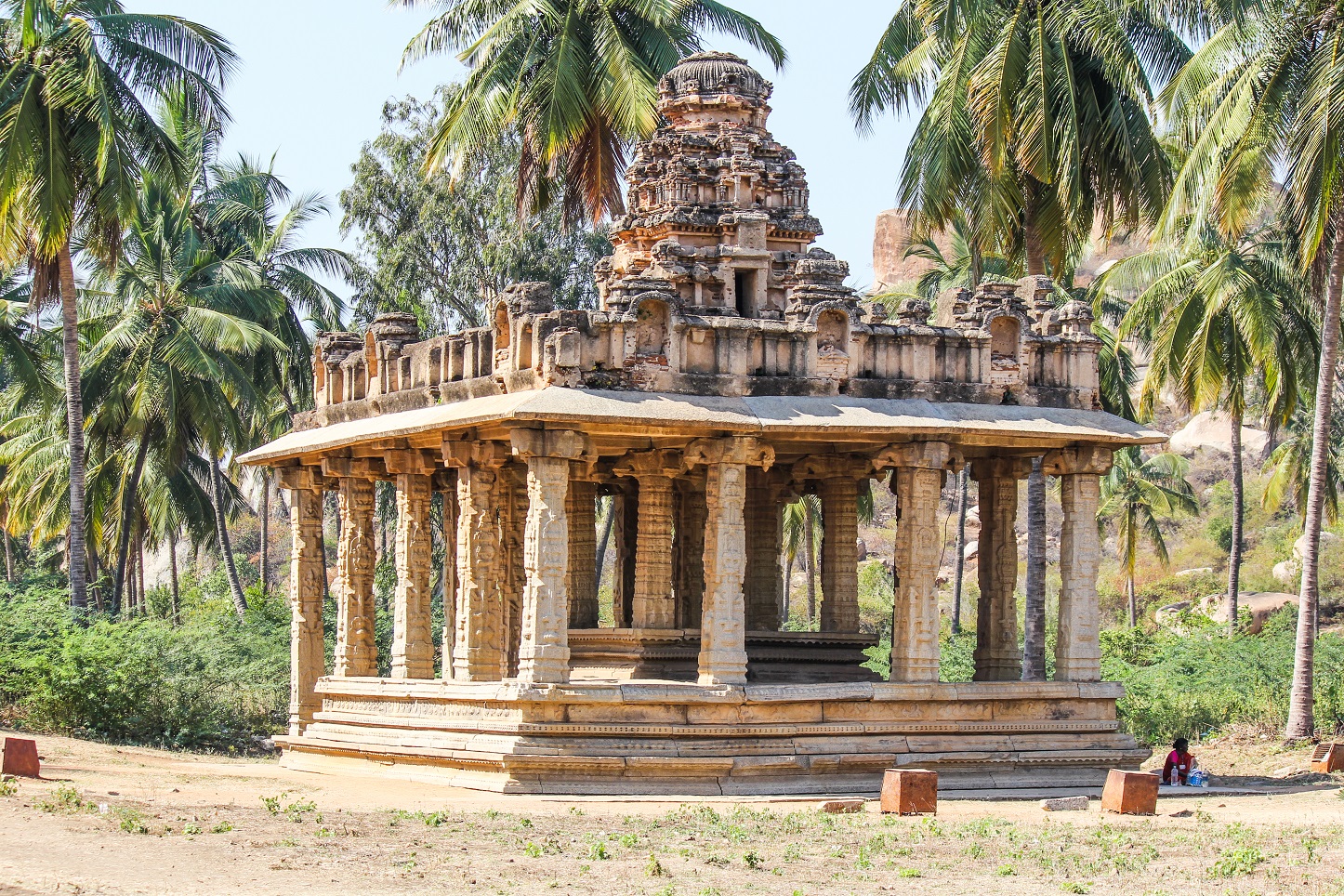
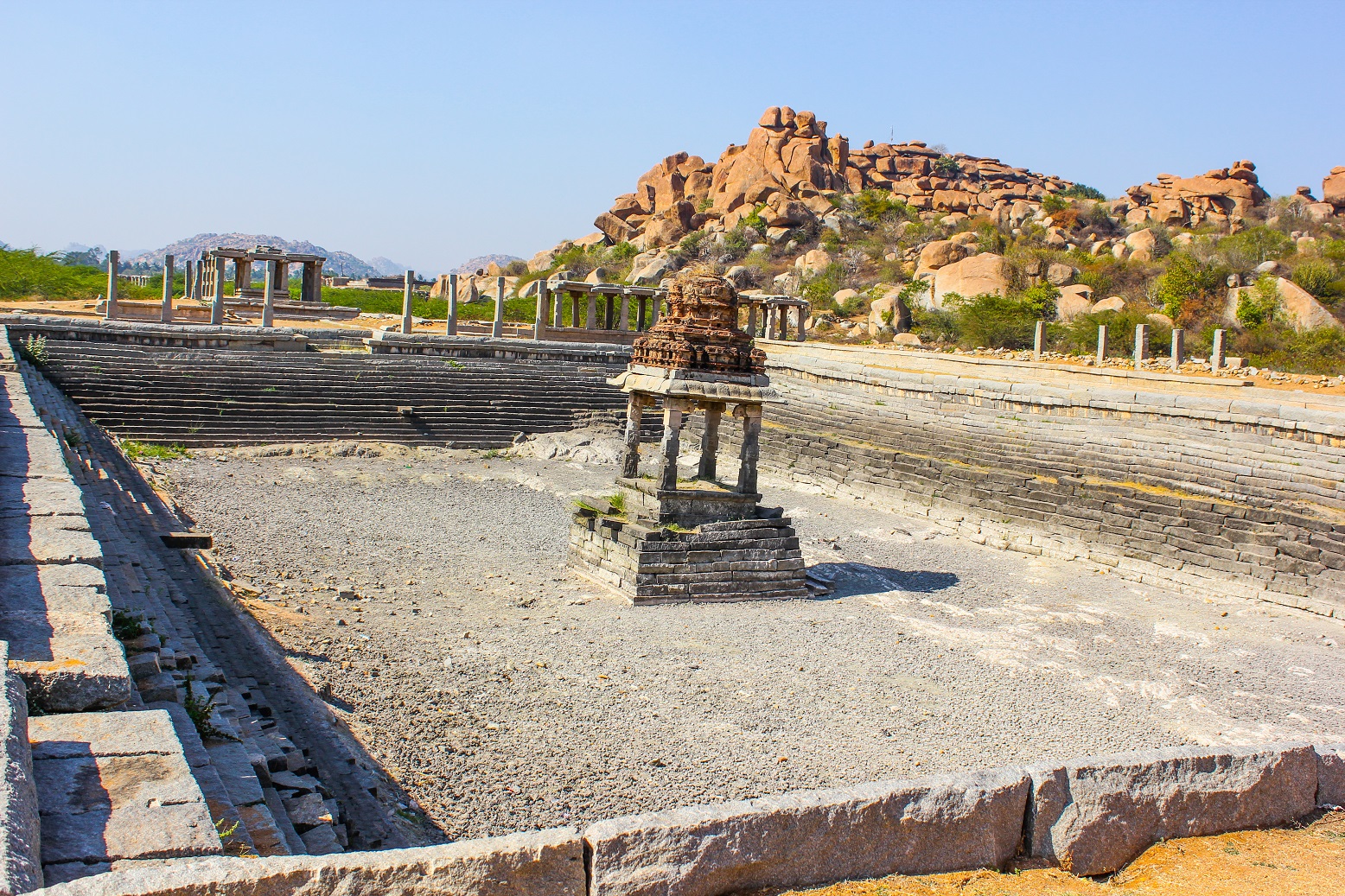
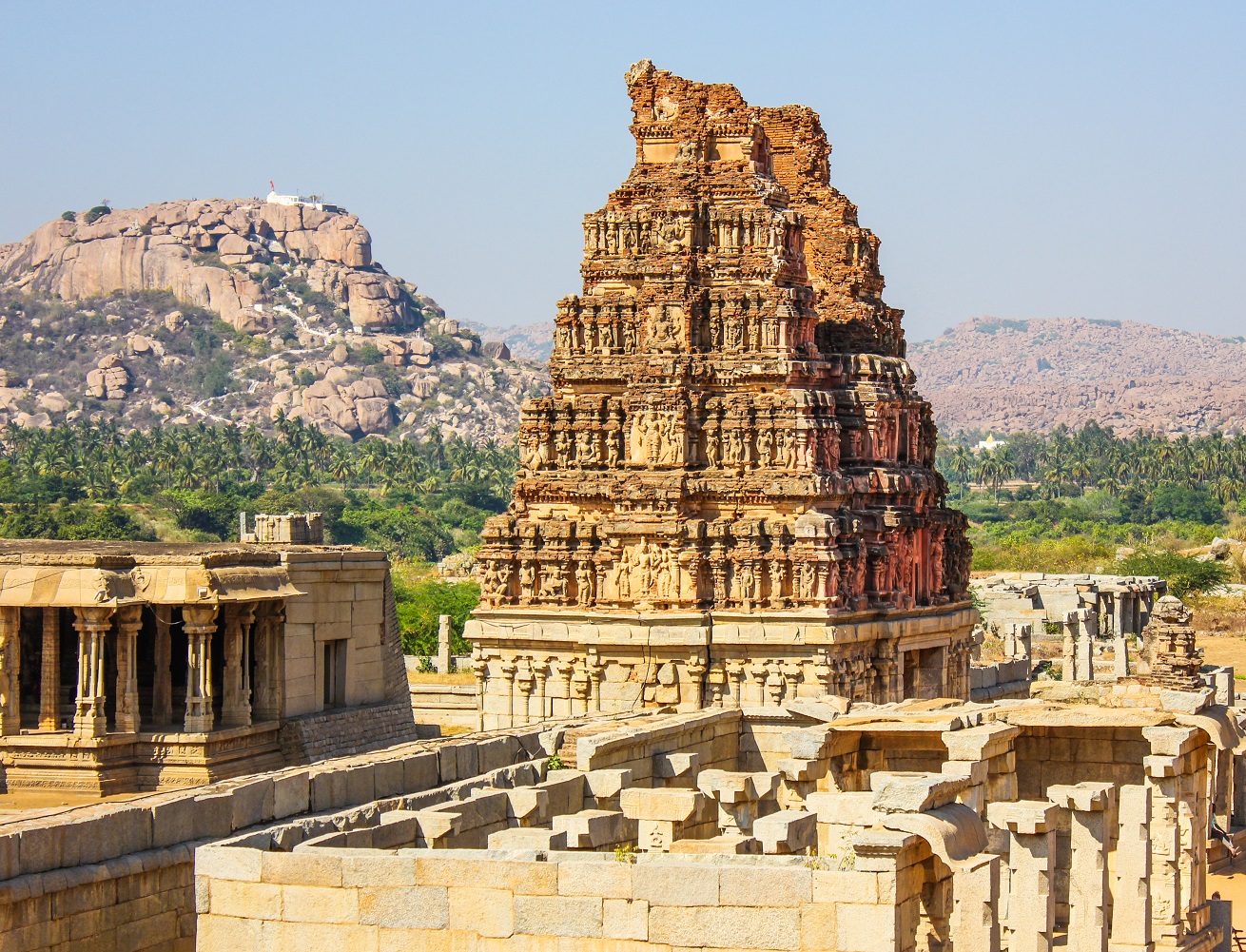
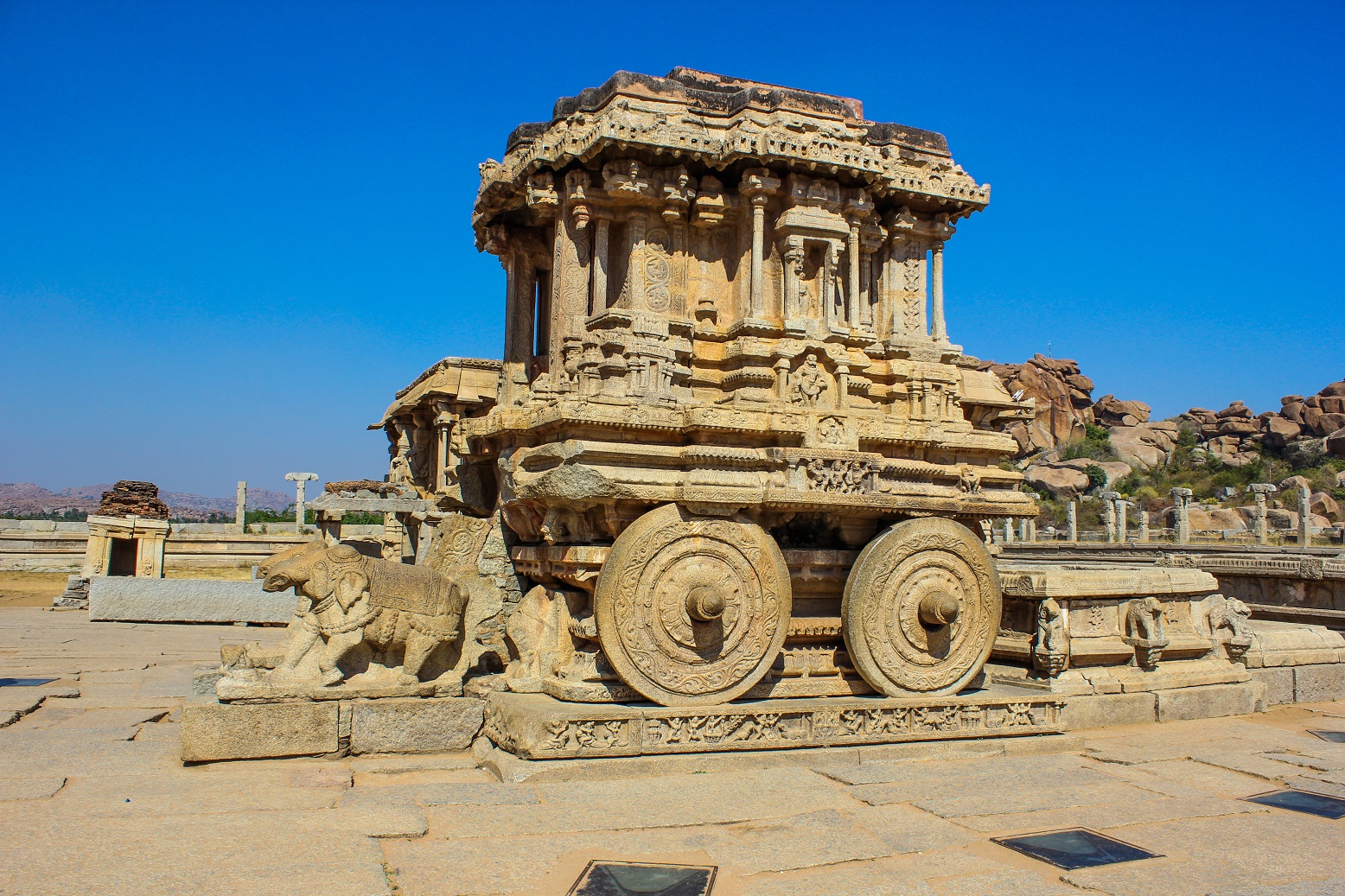
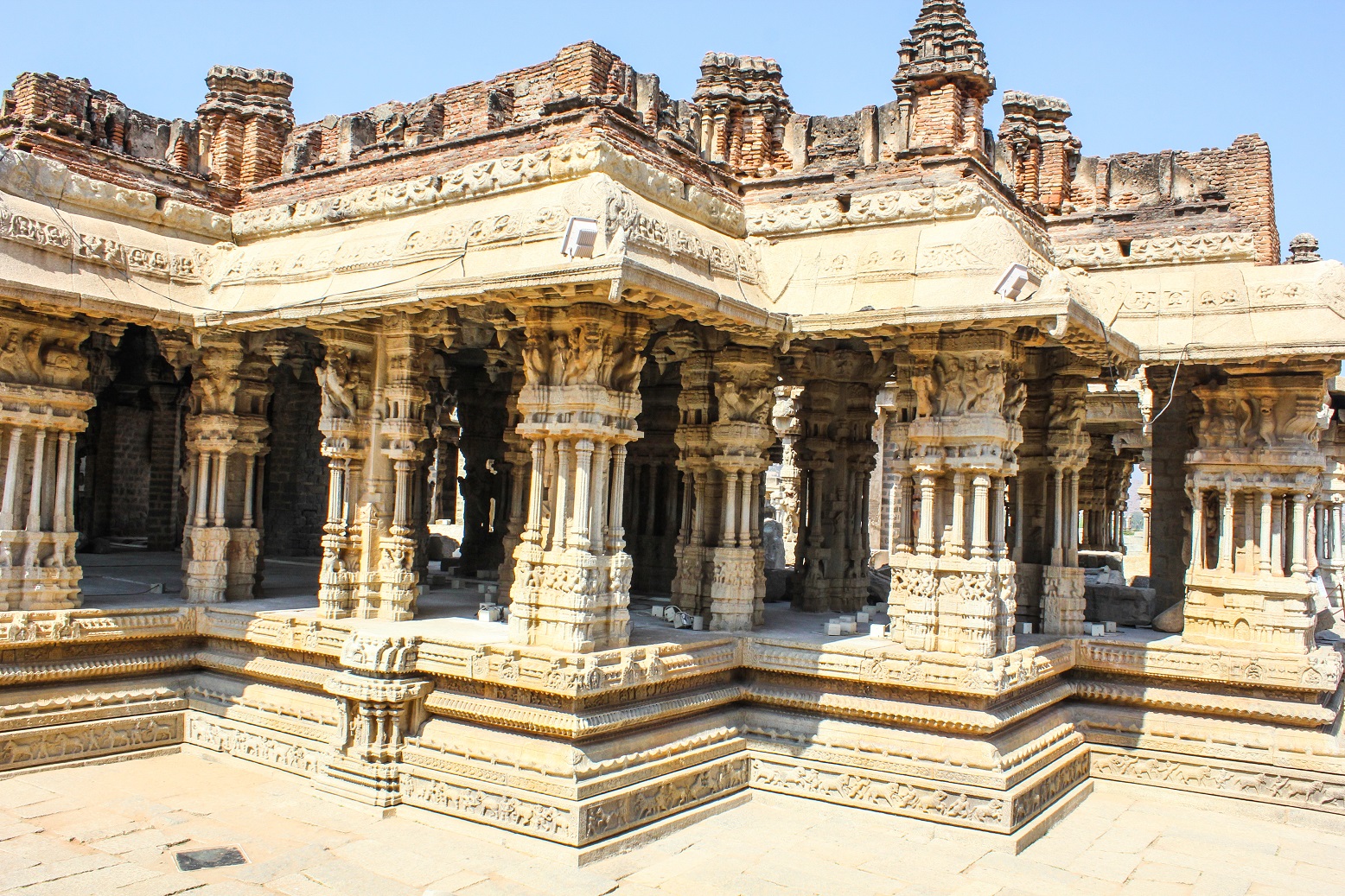
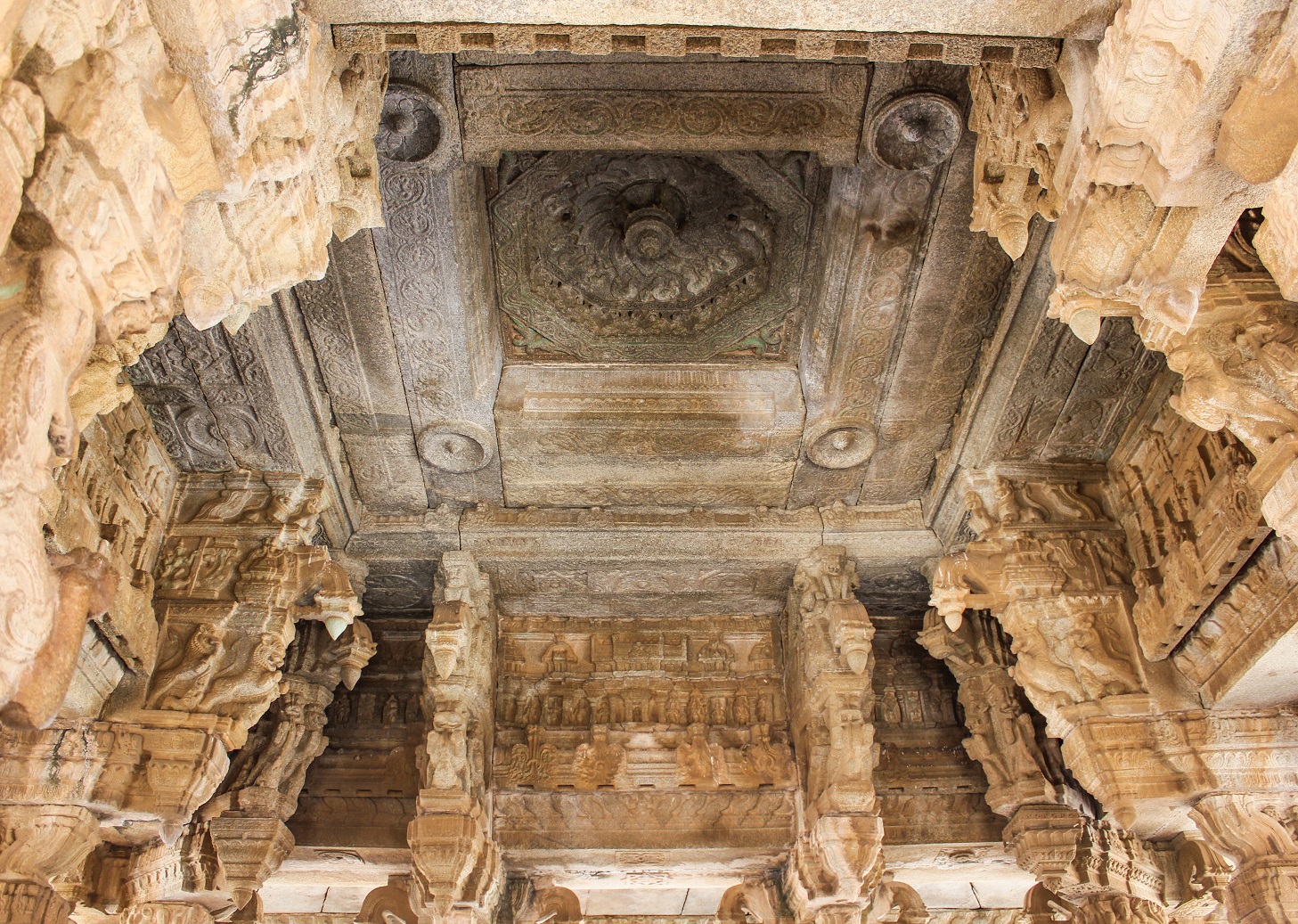
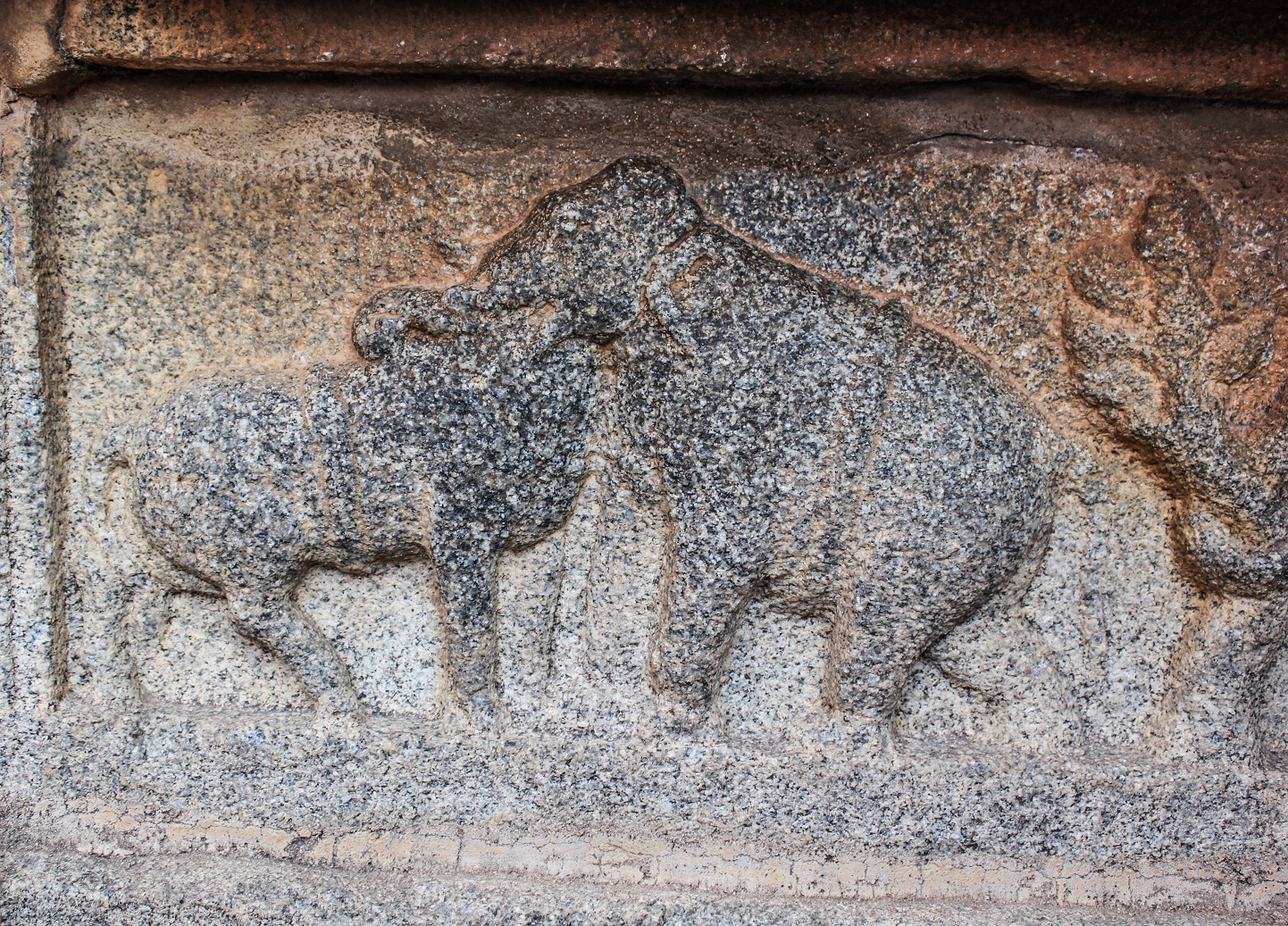
Ramayana Tales depicted on the pillars and walls of temple.
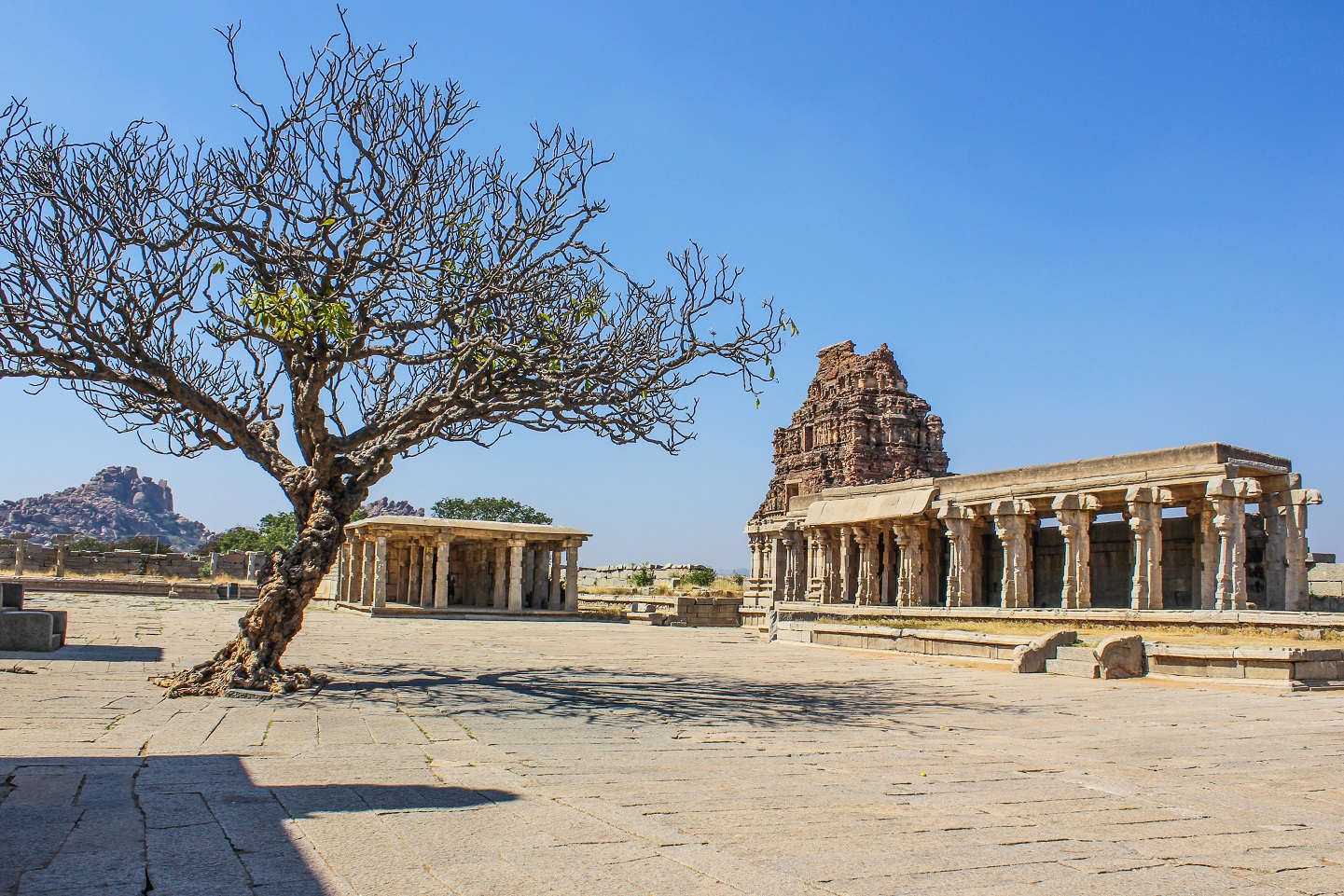
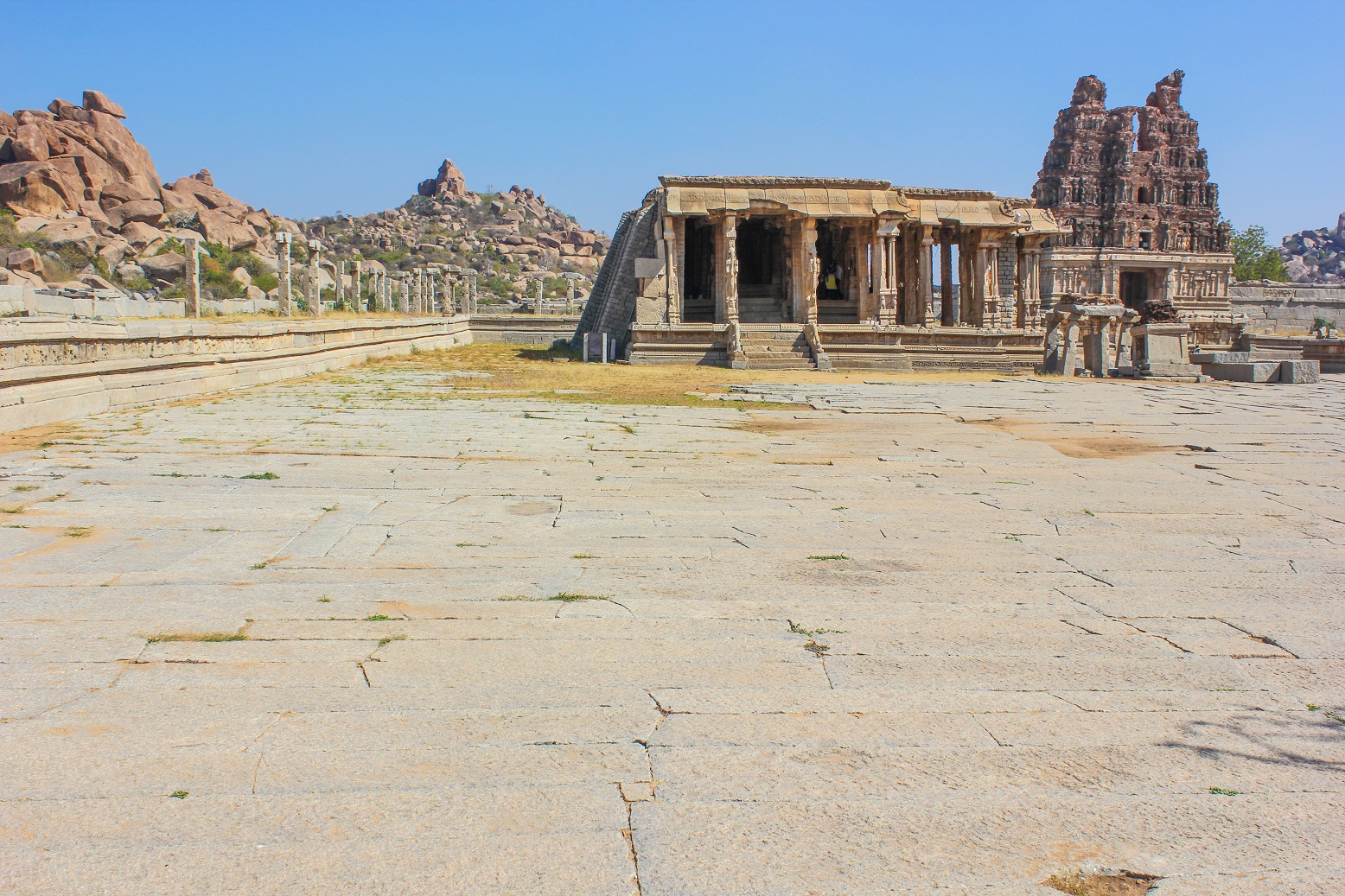
Day 3: Virupaksha Temple and Sunset Hike
Route map:
Visit the glorious Virupaksha Temple in the morning. Post lunch, spend time in the local market that is an exhibit of artistic jewelry and home decor. Head out for a hike on Matanga Hill for sunset view.
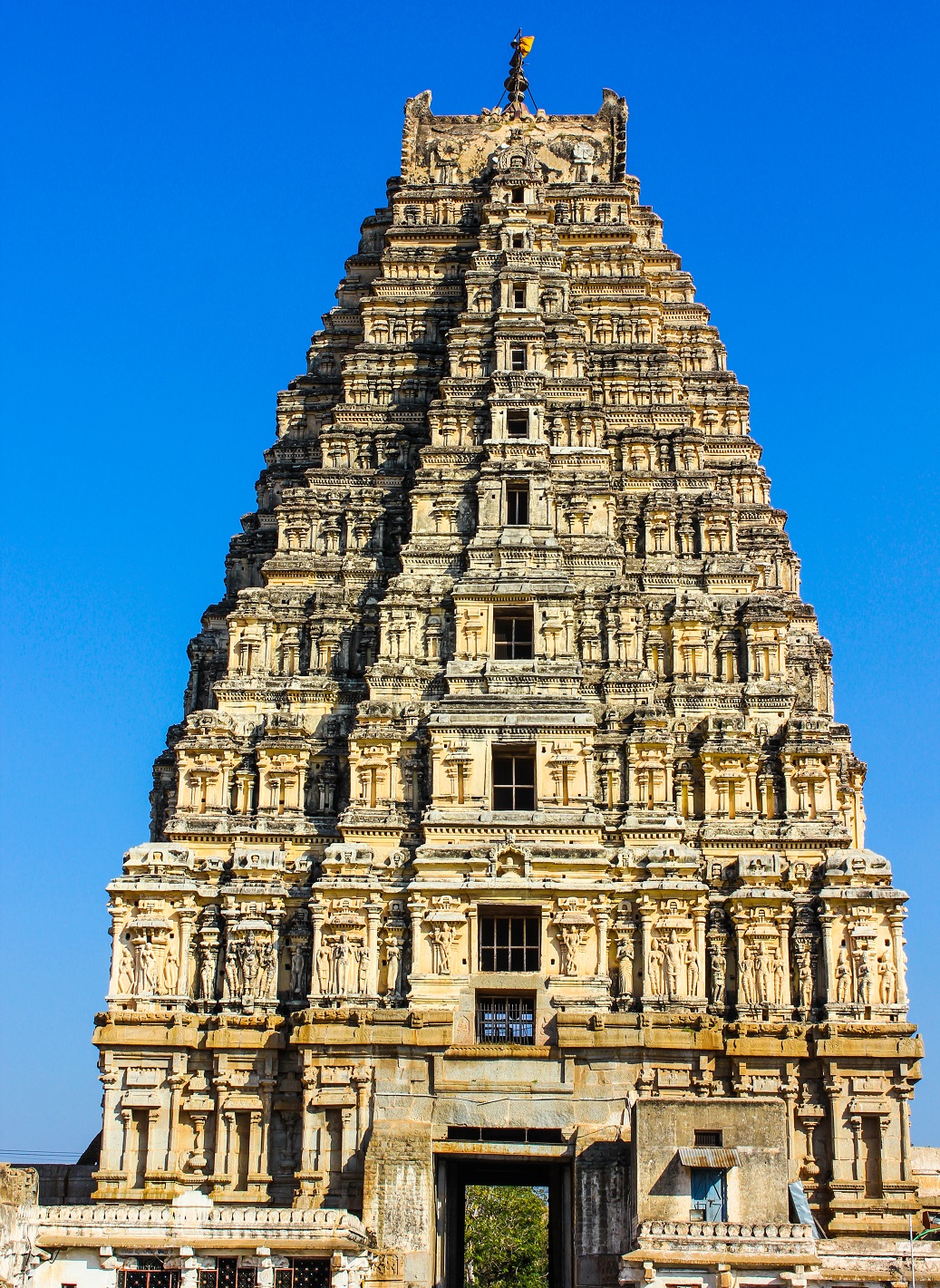
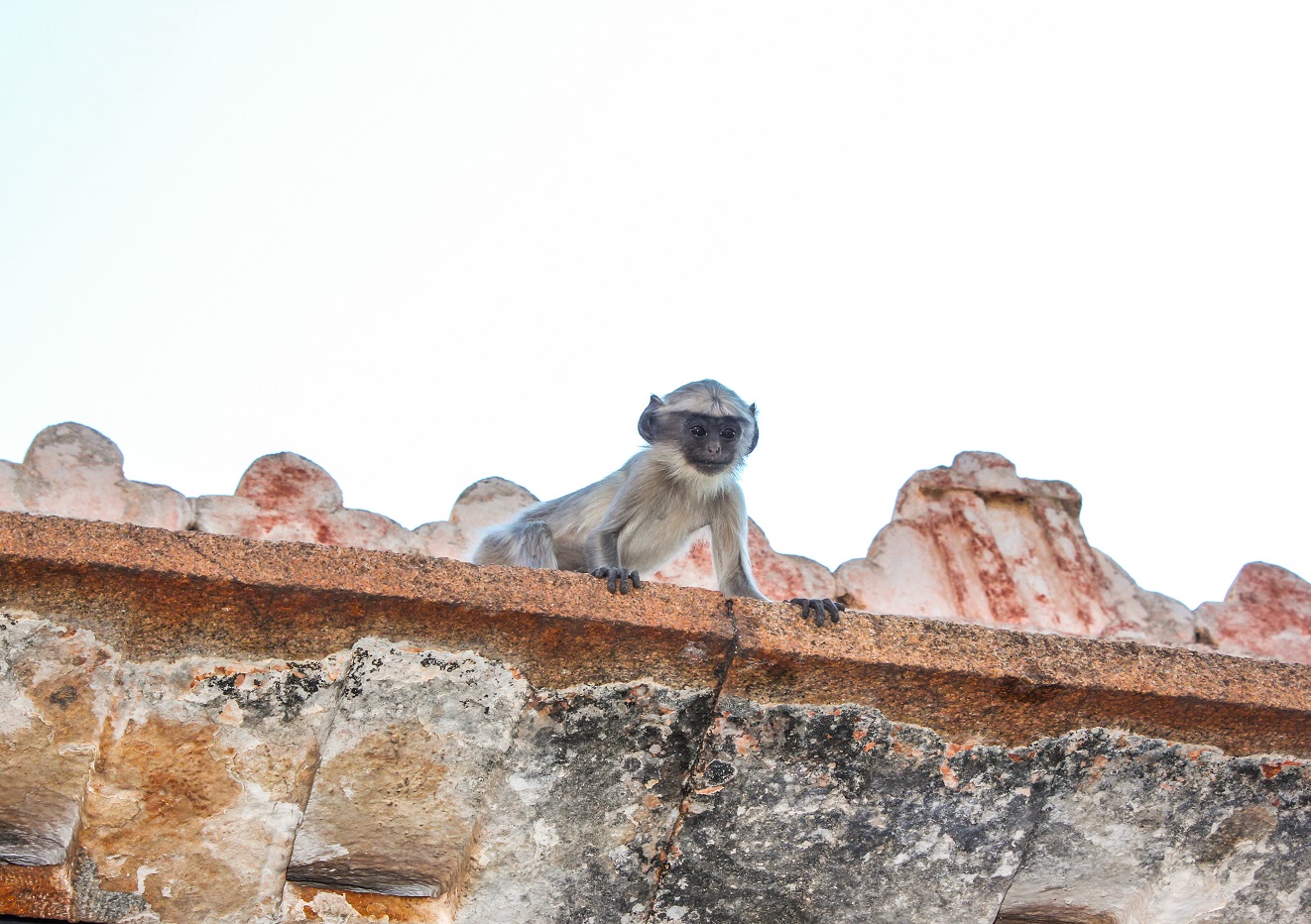
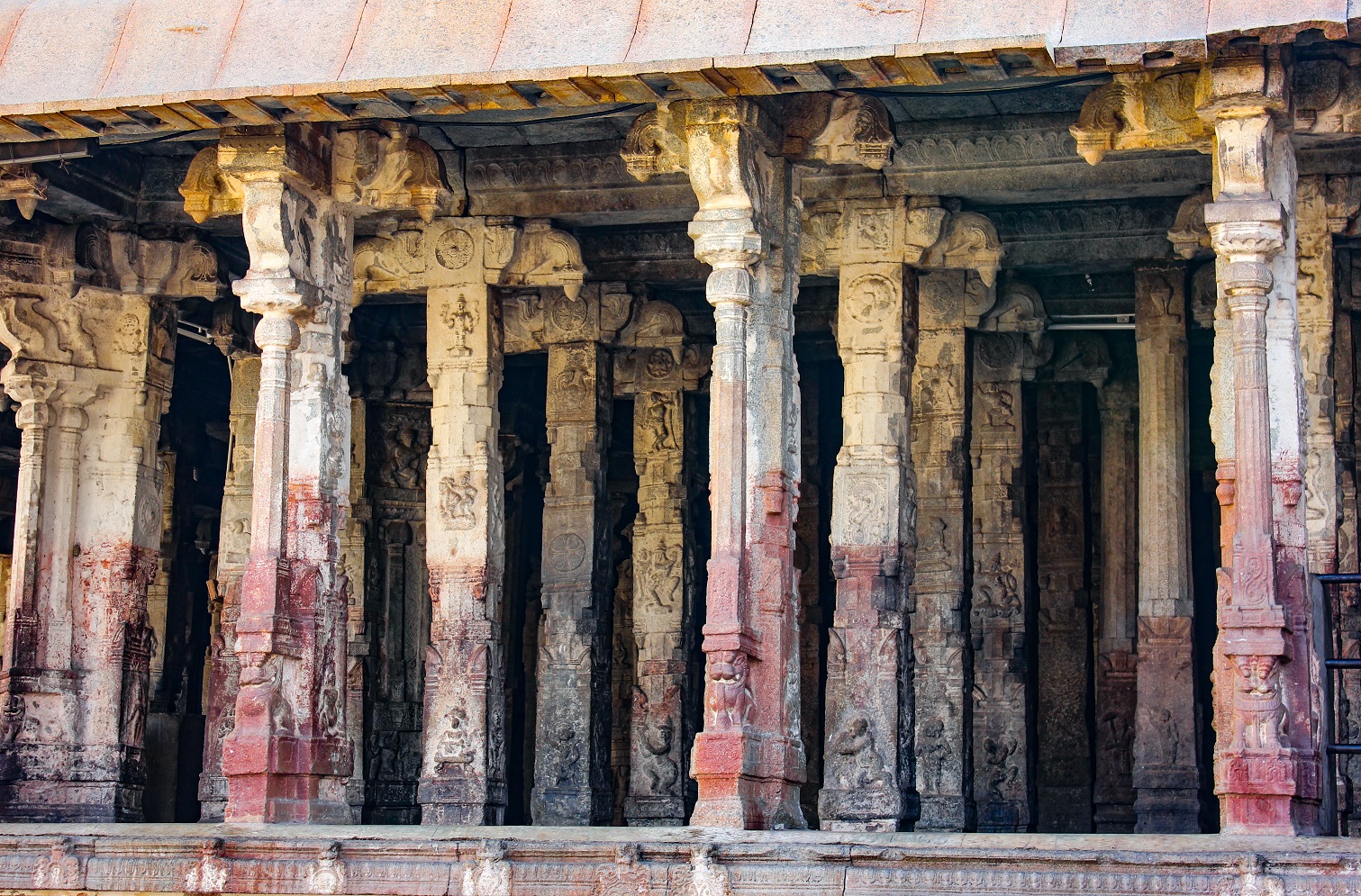
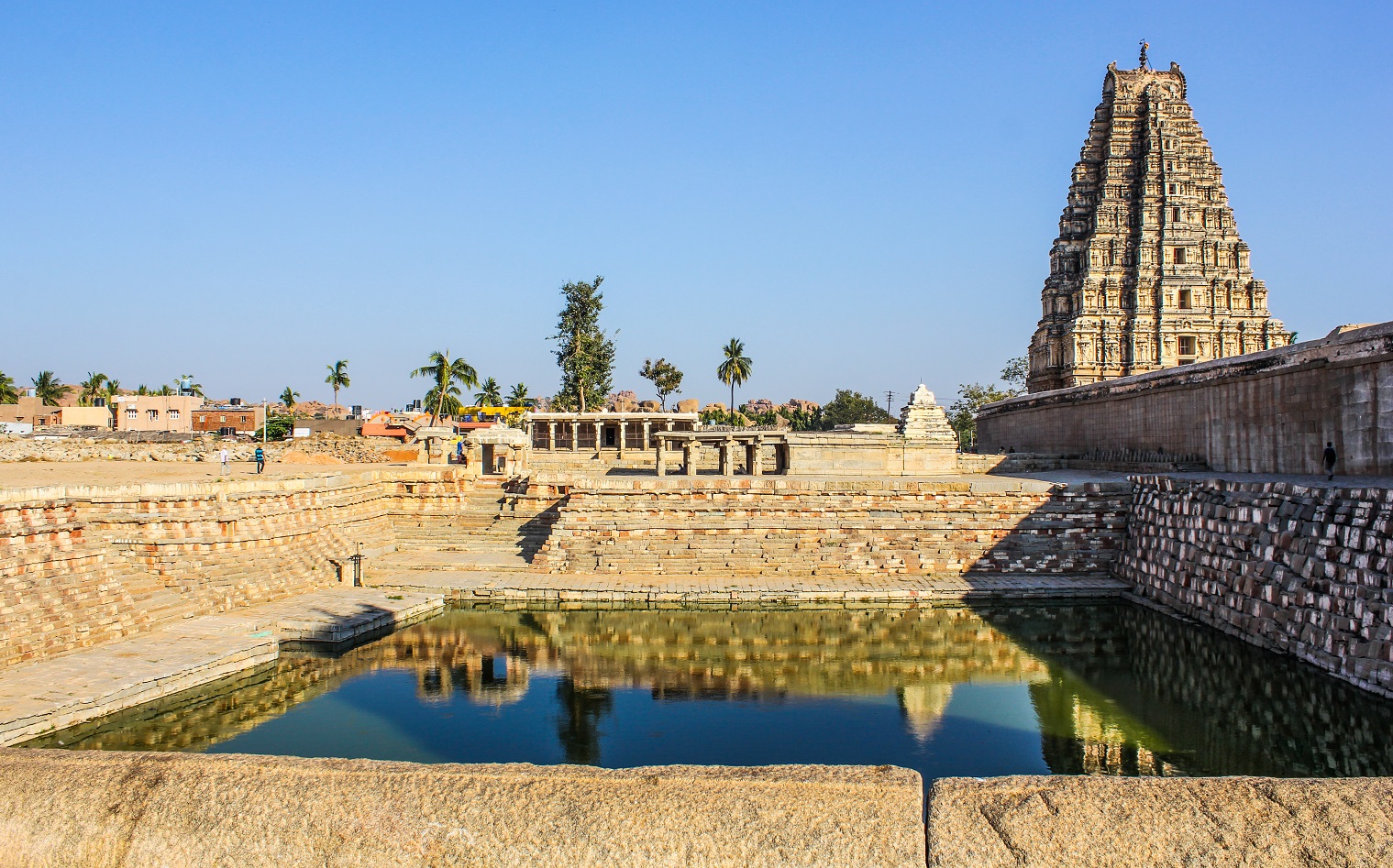
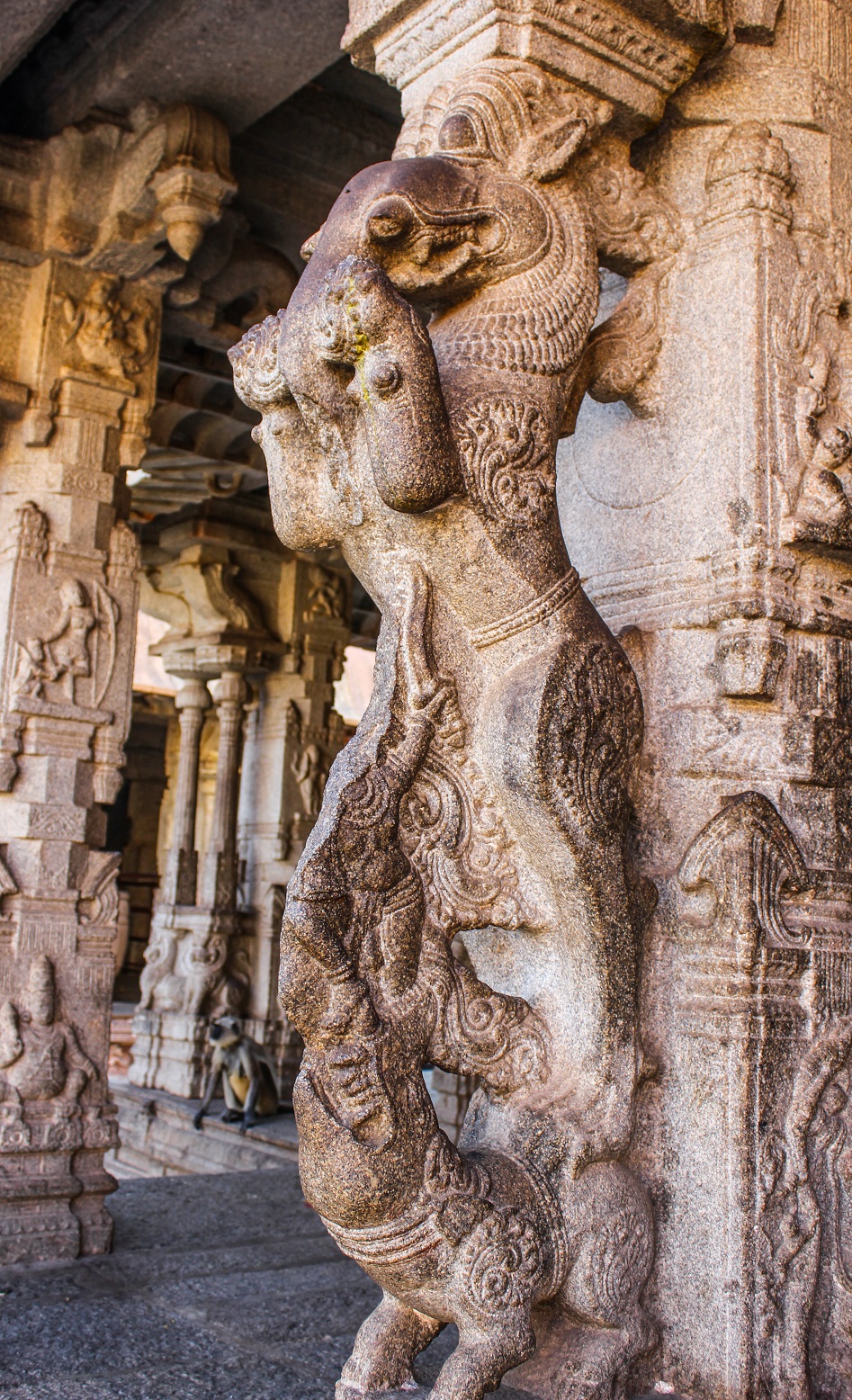
Day 4: Kishkinda and more temples
Route Map:
In the morning reach the riverside of Virupaksha Temple(Boat point) to take a boat to crossover to the other side of the river bank in order to reach Anjaneya Hill or Kishkinda – the birth place of Lord Hanuman. The easiest way is to hire a scooter from local vendors/garage and drive down to Kishkinda which is about 5 kms from the banks of river. The moment you each the other side of the river, it is easy to locate these vendors ready to rent a scooter or bike. Other option is to take an autorickshaw to the Hanuman Temple.
Post lunch at the Mango Tree Restaurant, visit the below highlights:
- Hemakuta hill temple
- Monolithic Bull
- Sasivekaalu Ganapathi temple
- Kadalekaalu Ganapathi temple
- Sree Krishna temple and “Market of the yester years” opposite Krishna temple
- Ugra Narasimha temple
- Badavalinga Temple
- Queens bath
- Hazara Rama Temple
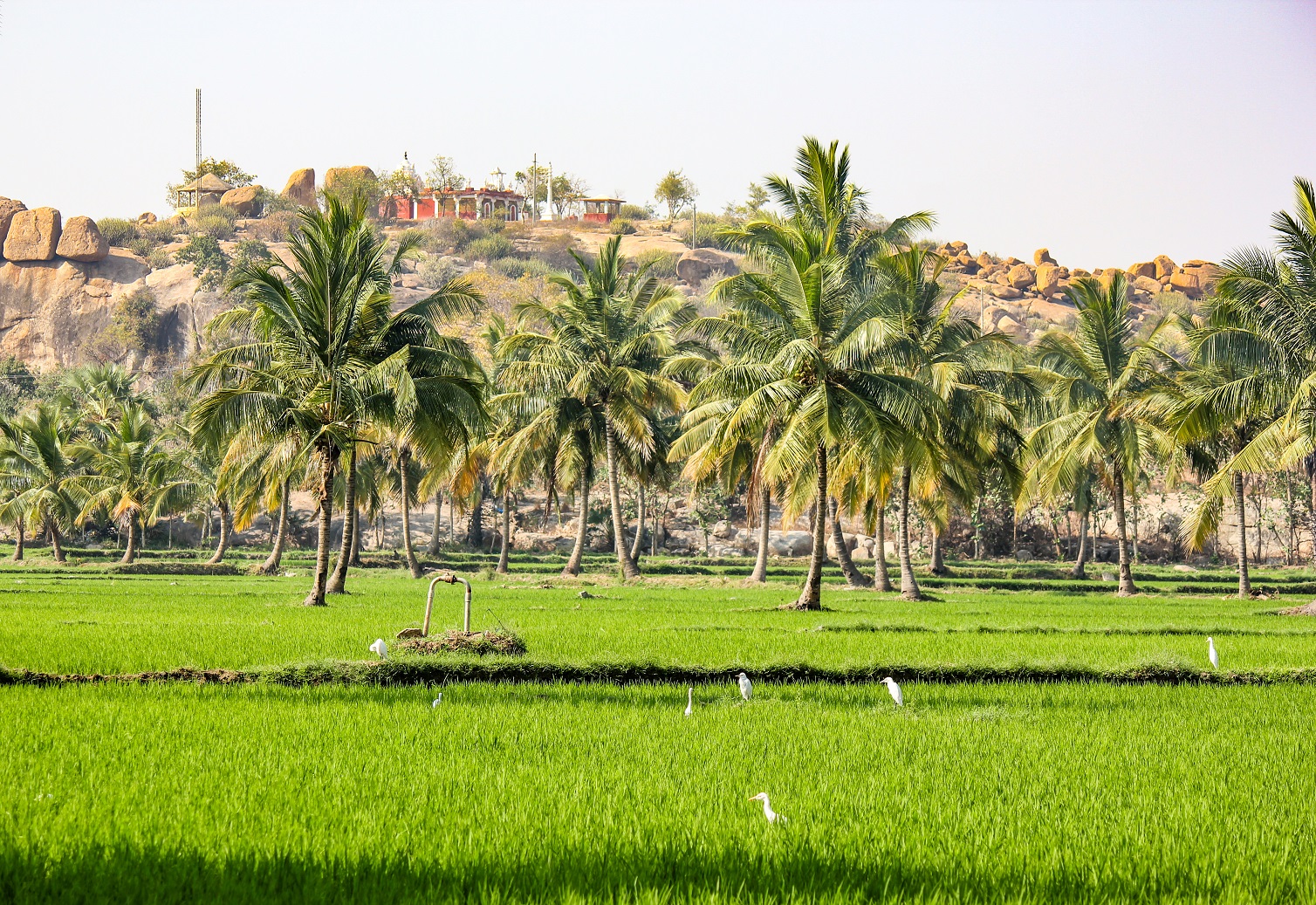
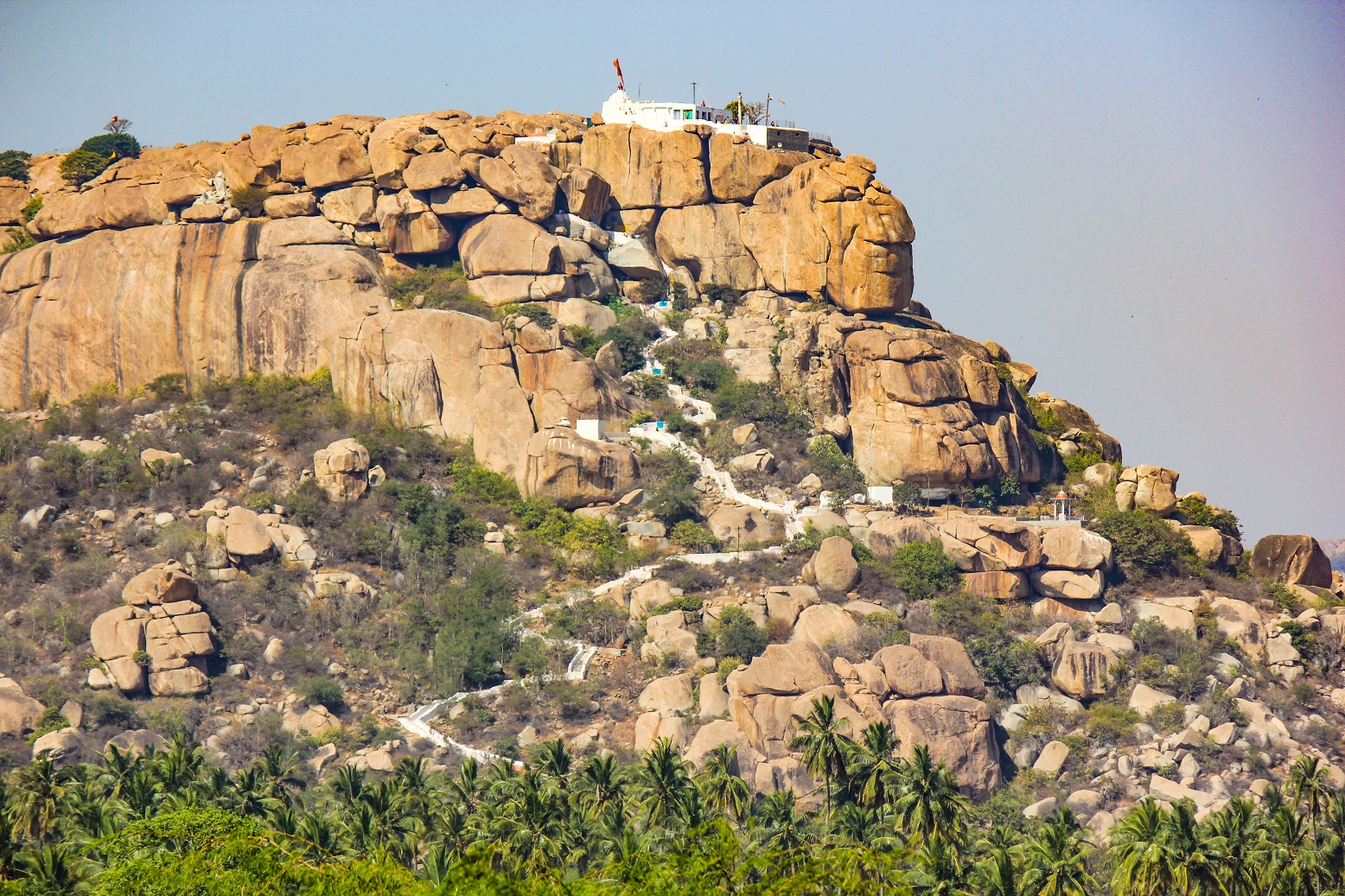
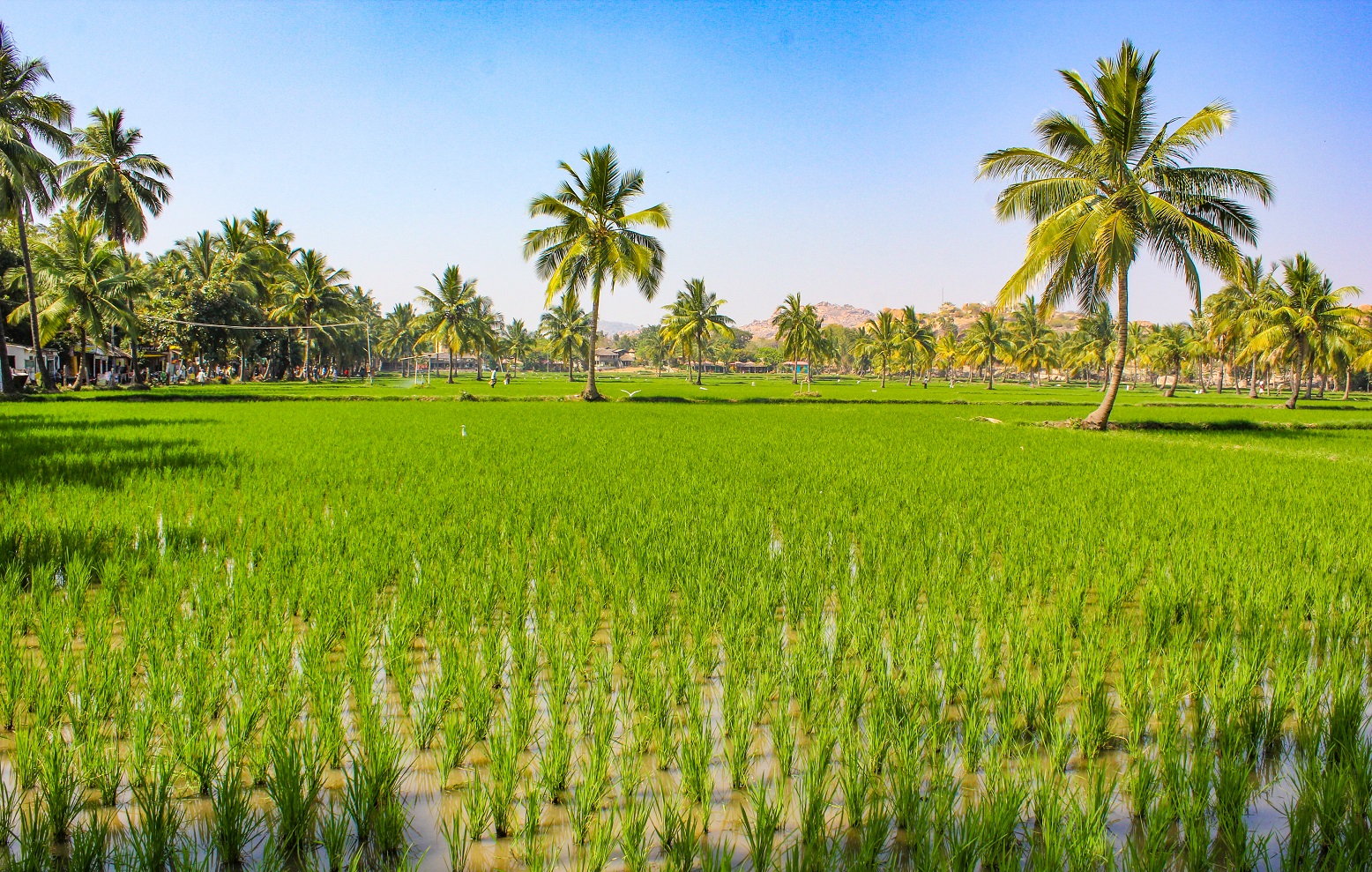
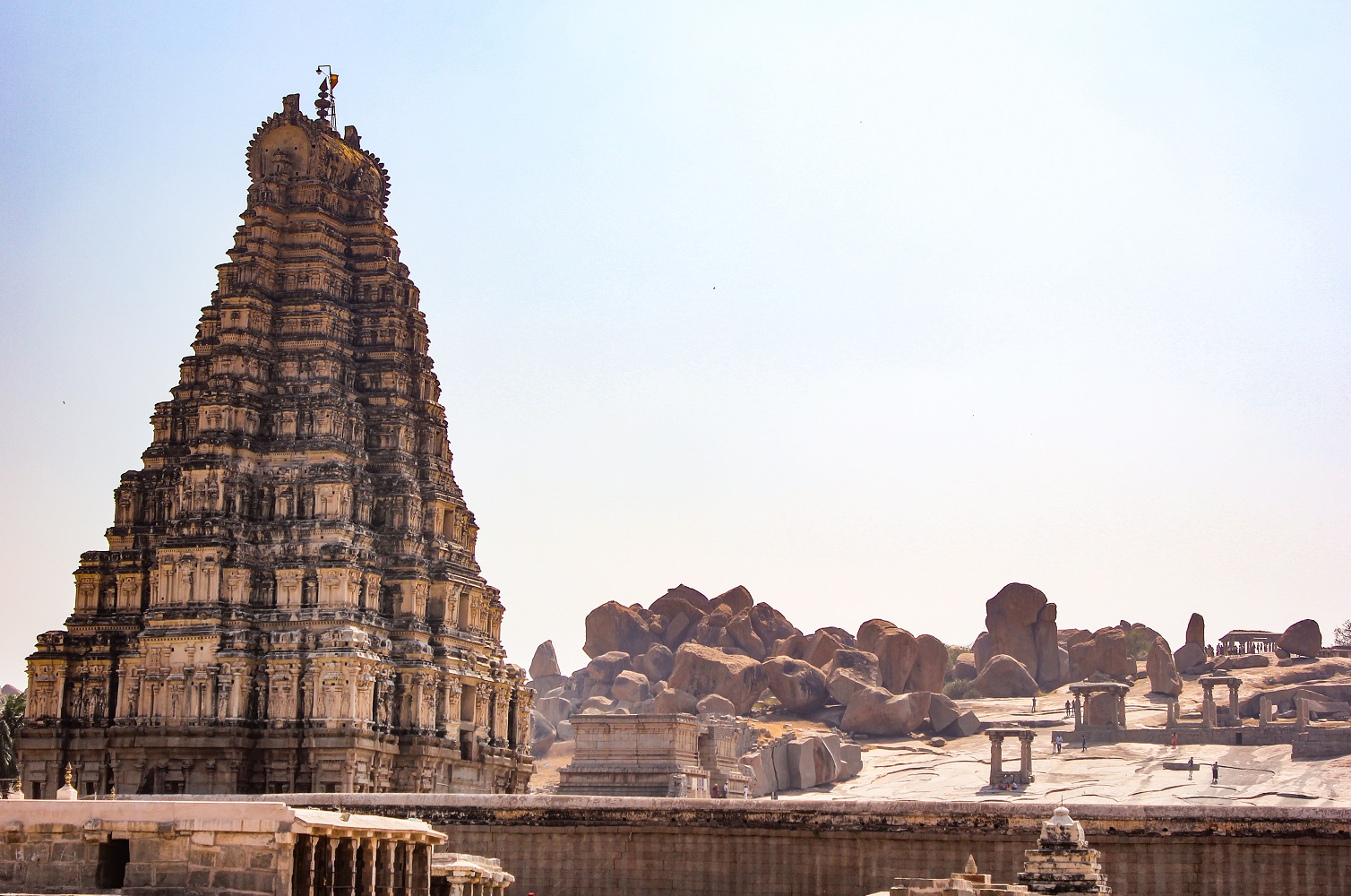
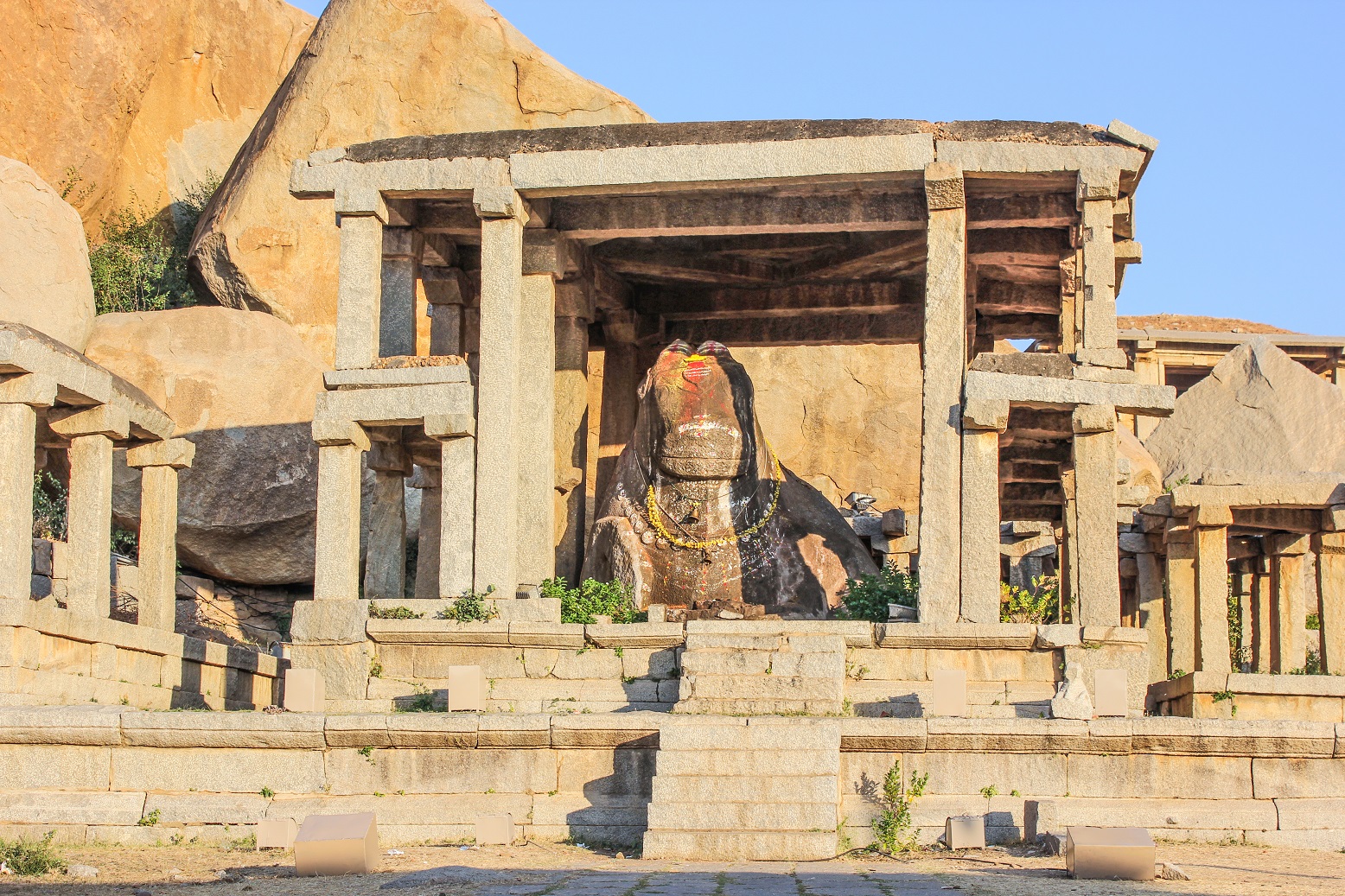
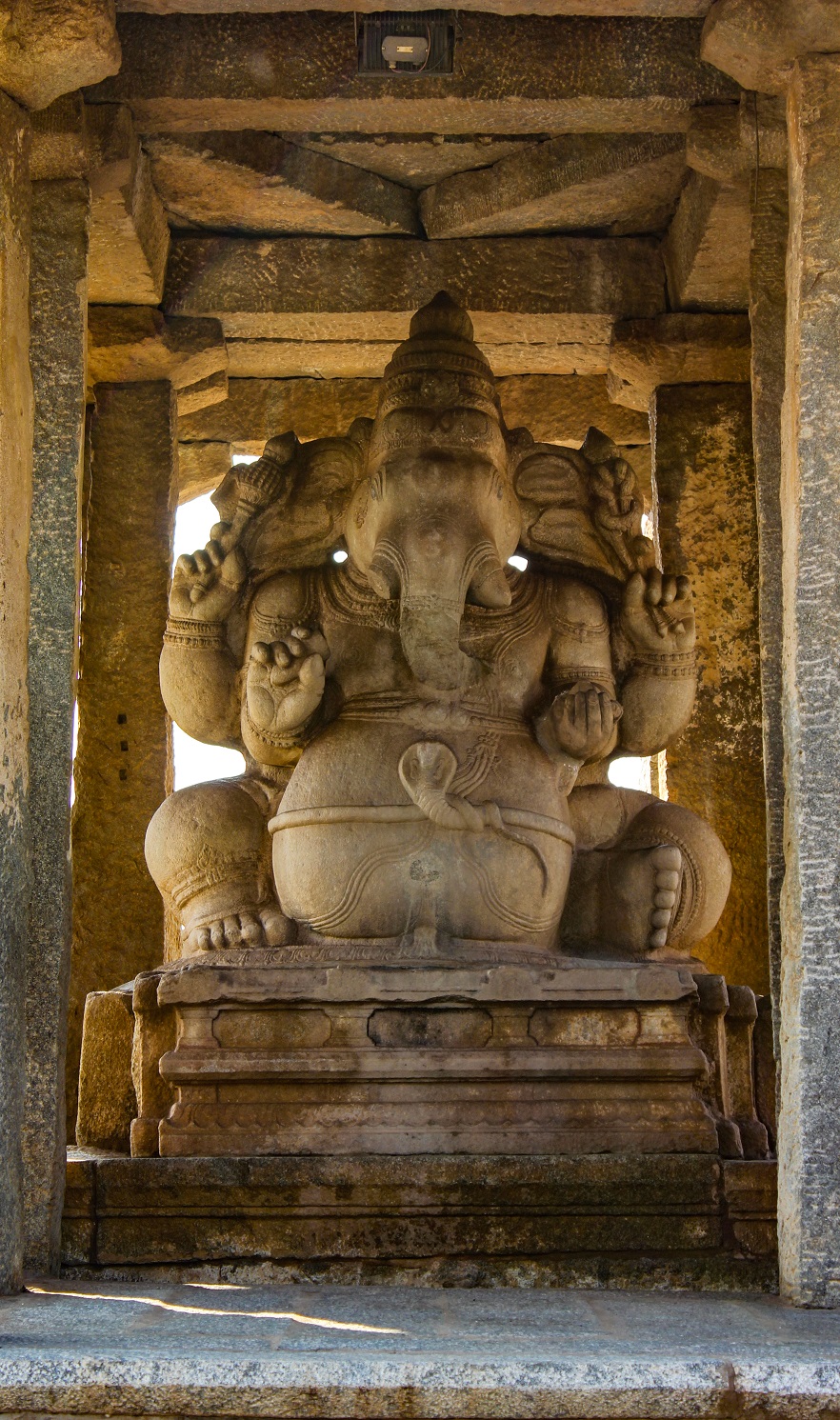
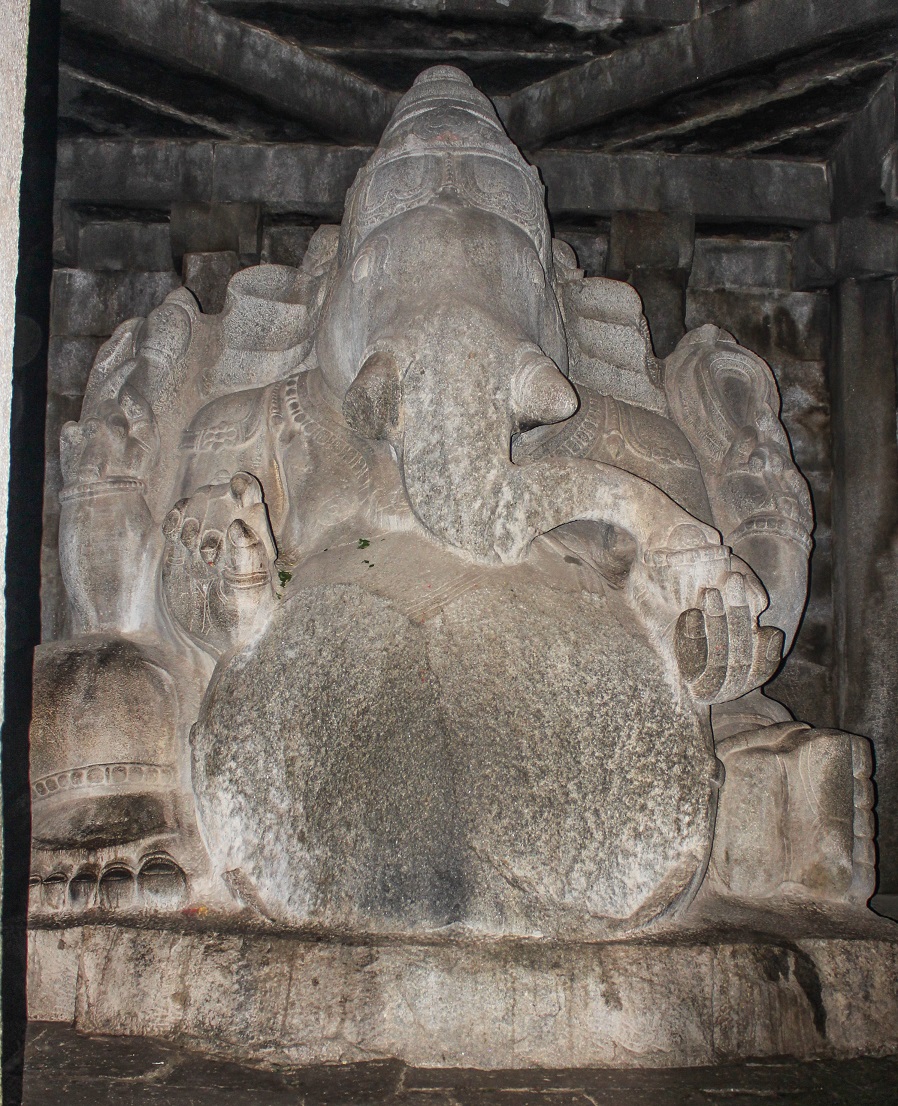
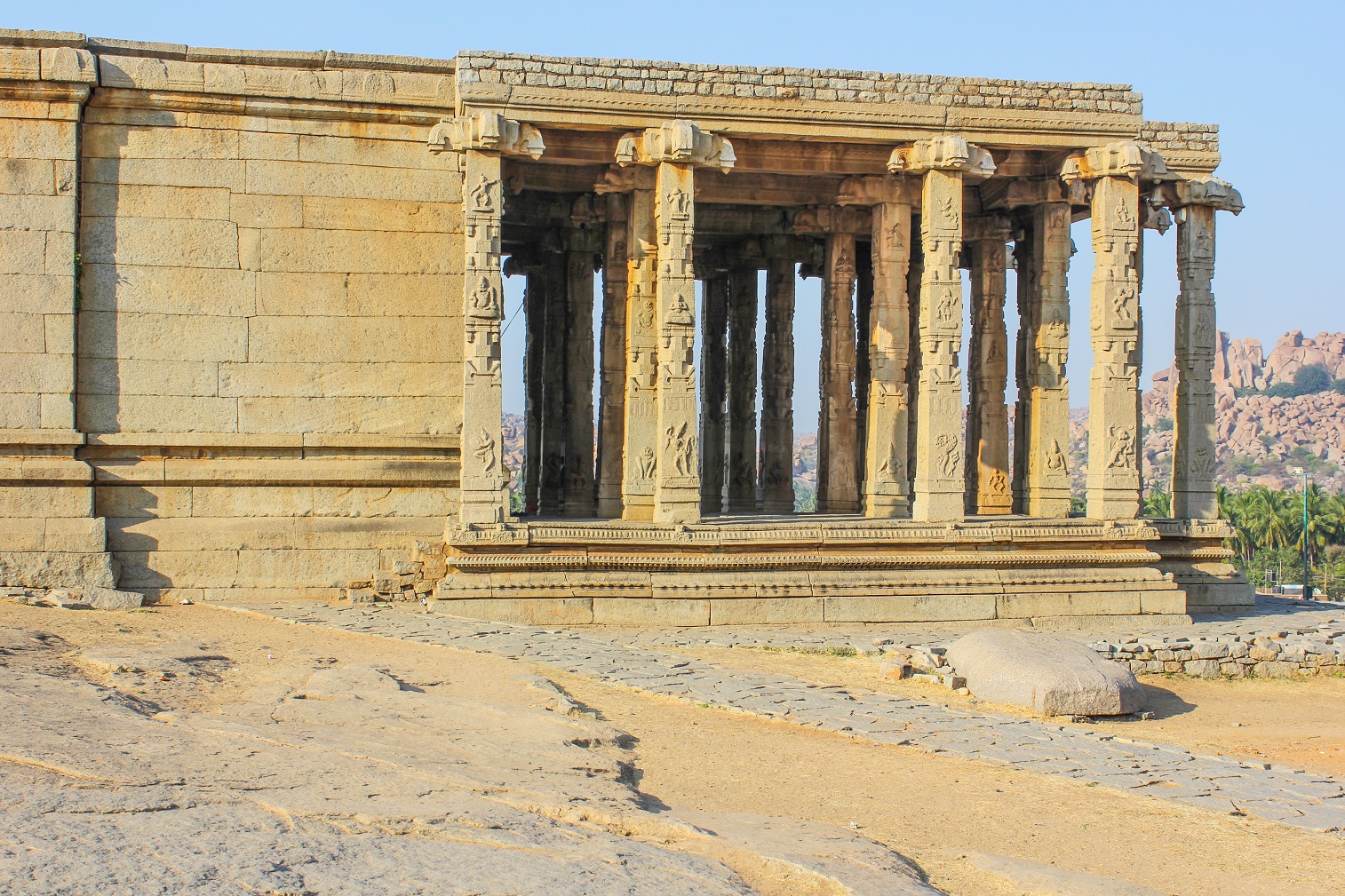
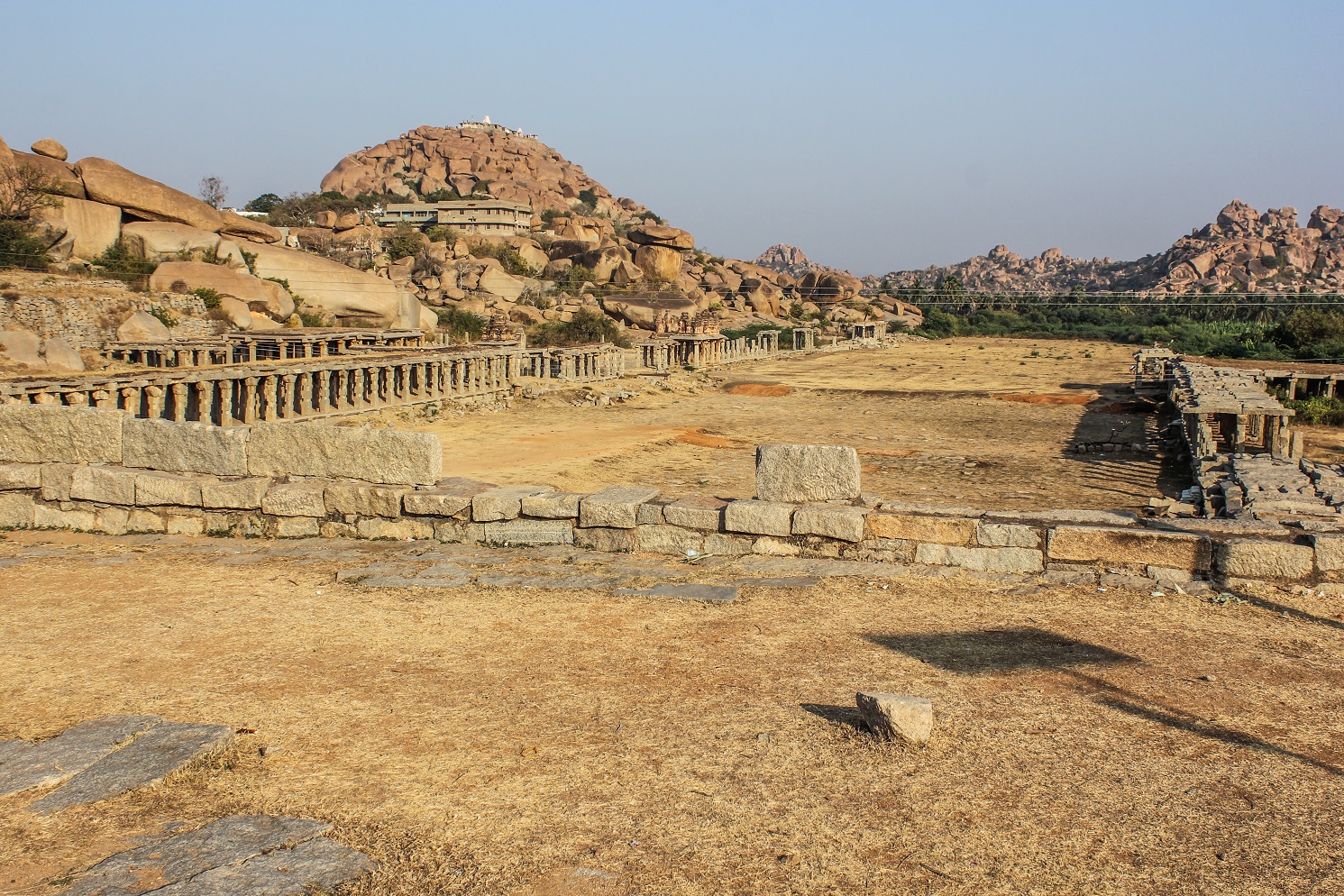
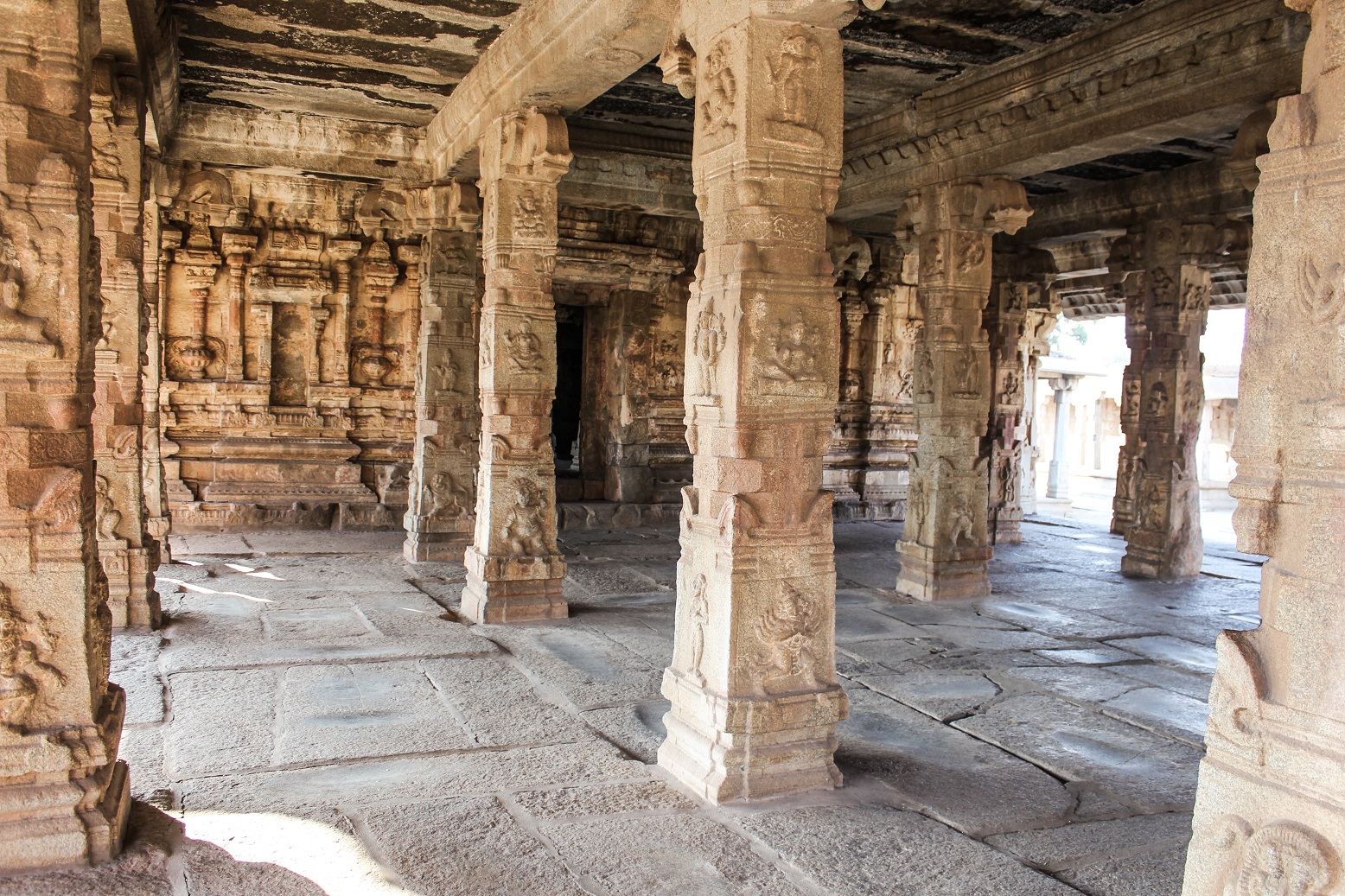
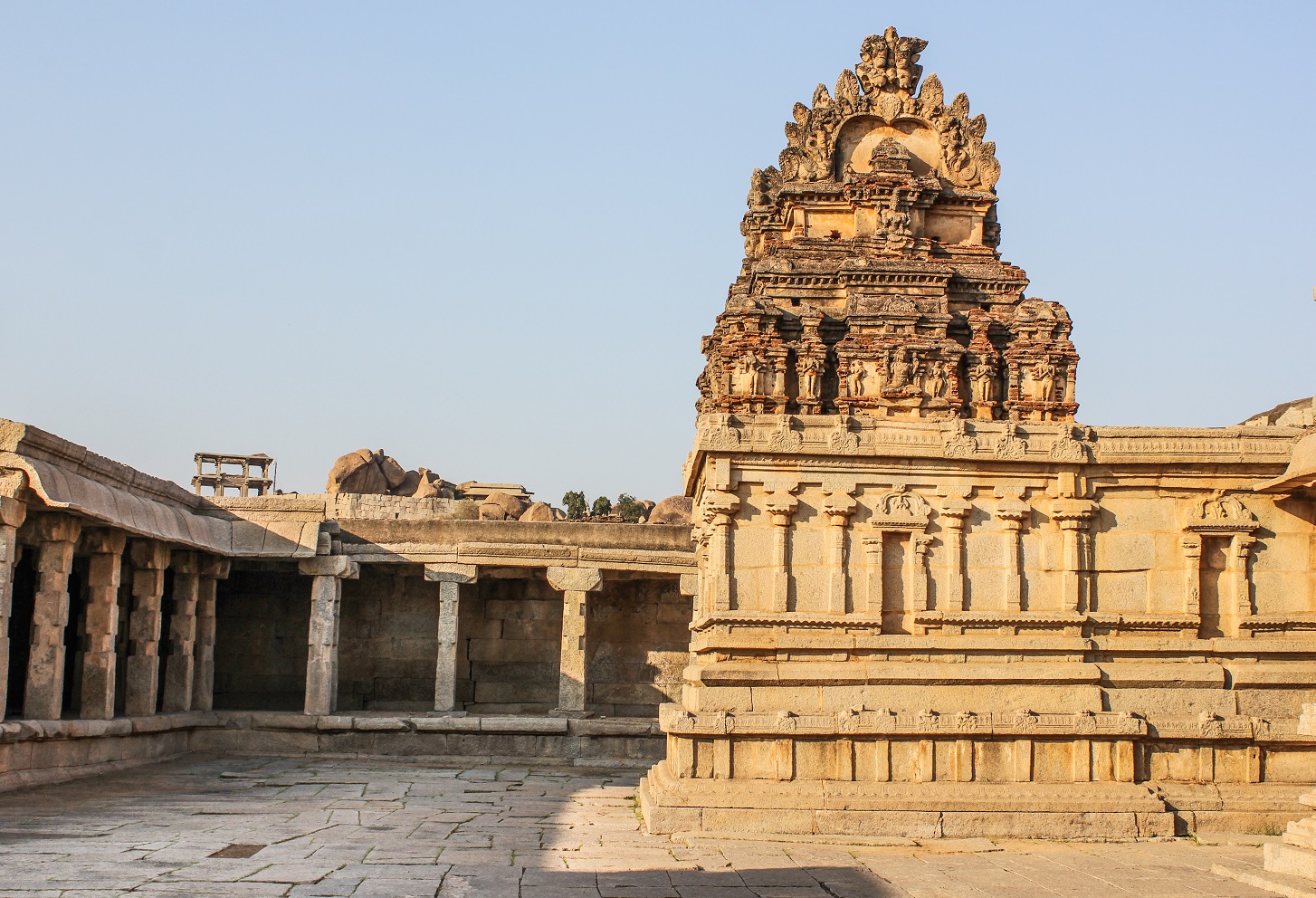
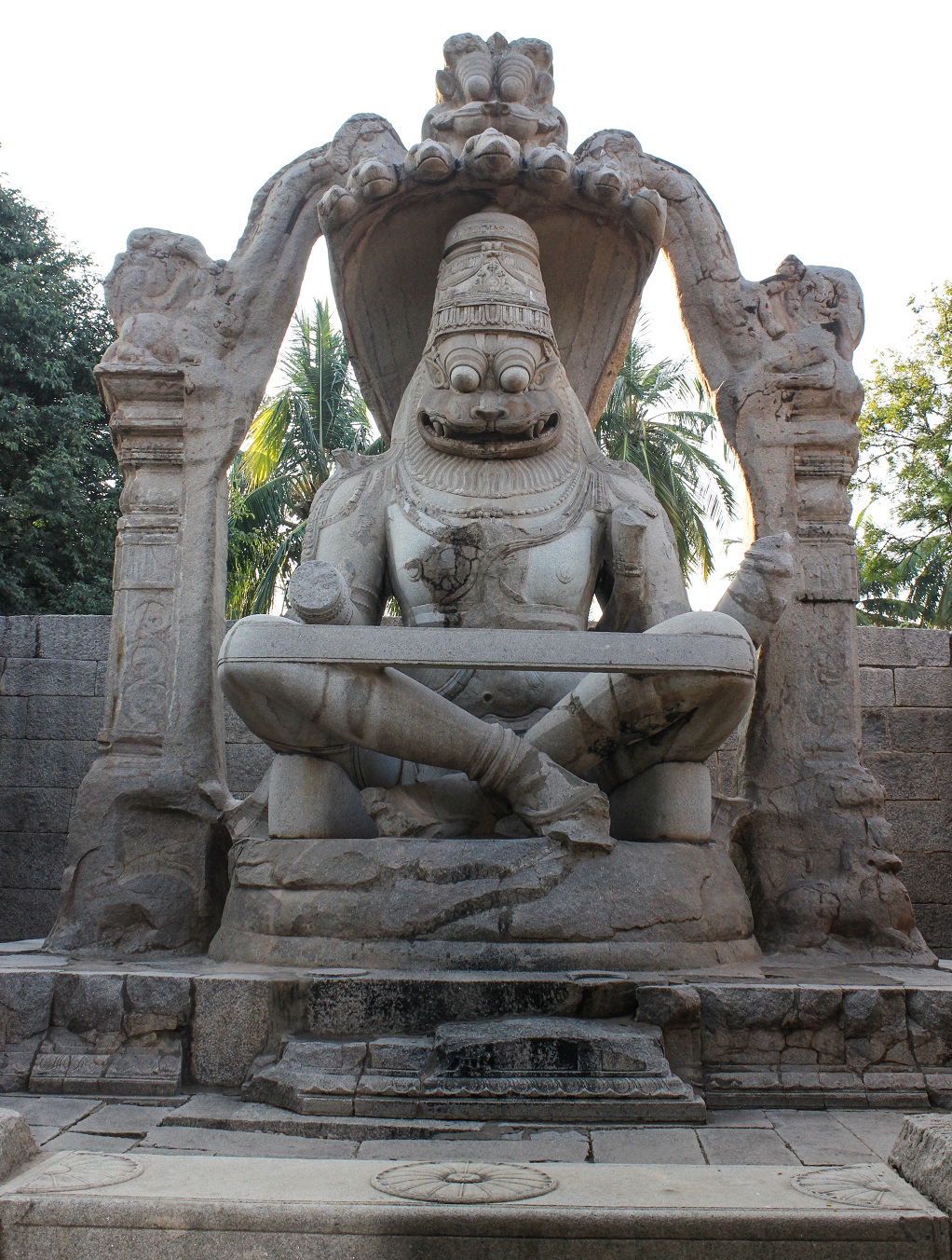
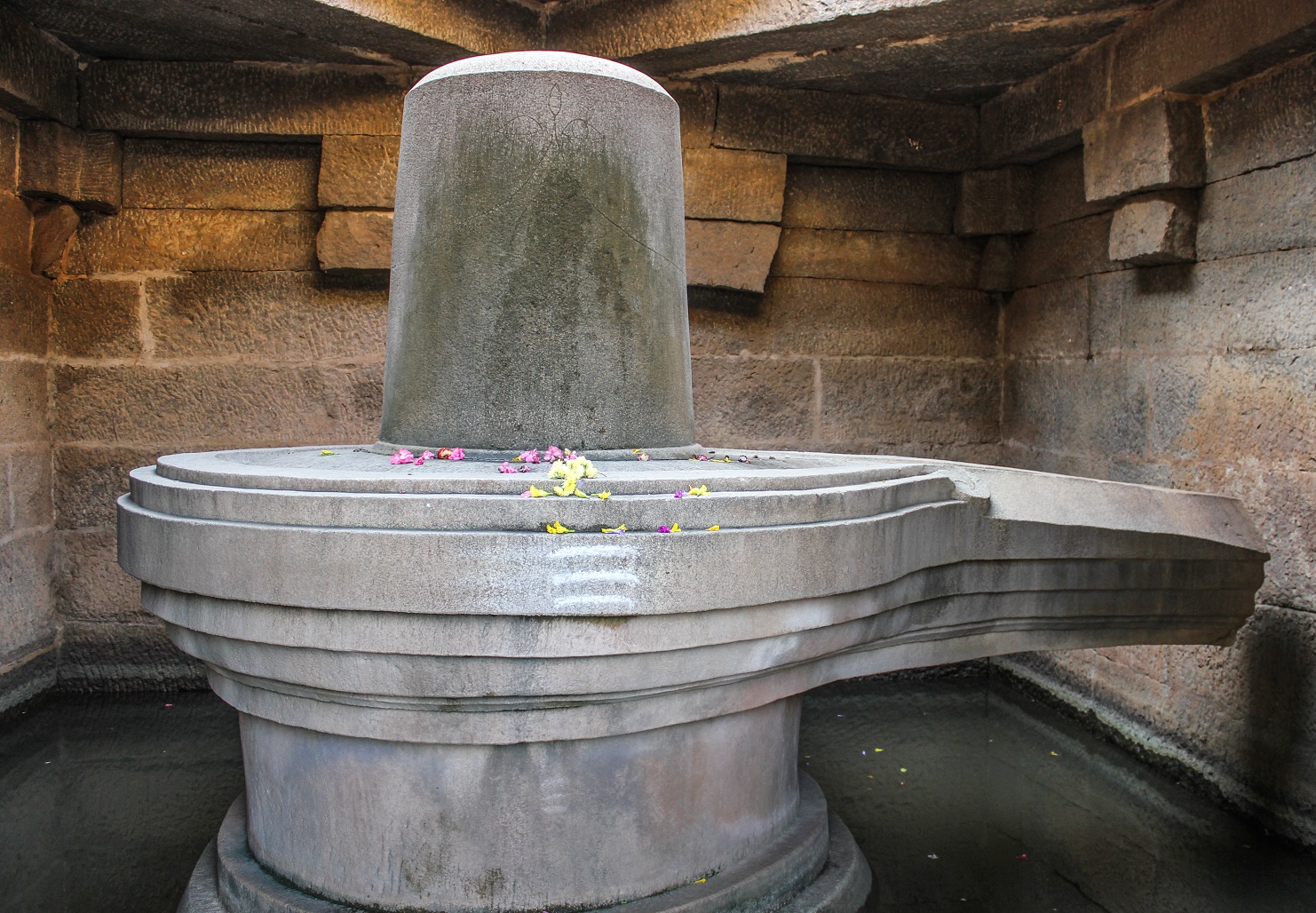
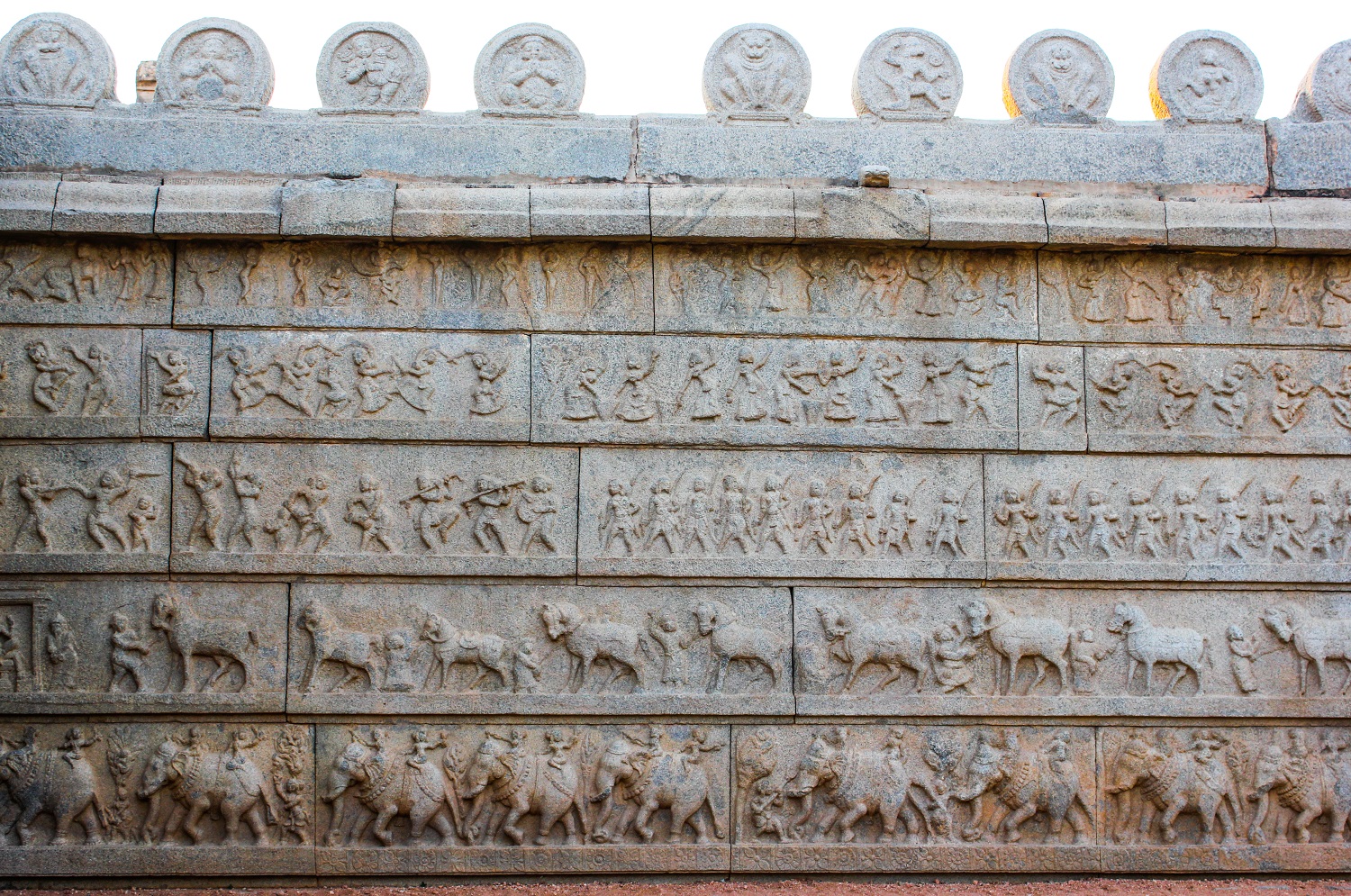
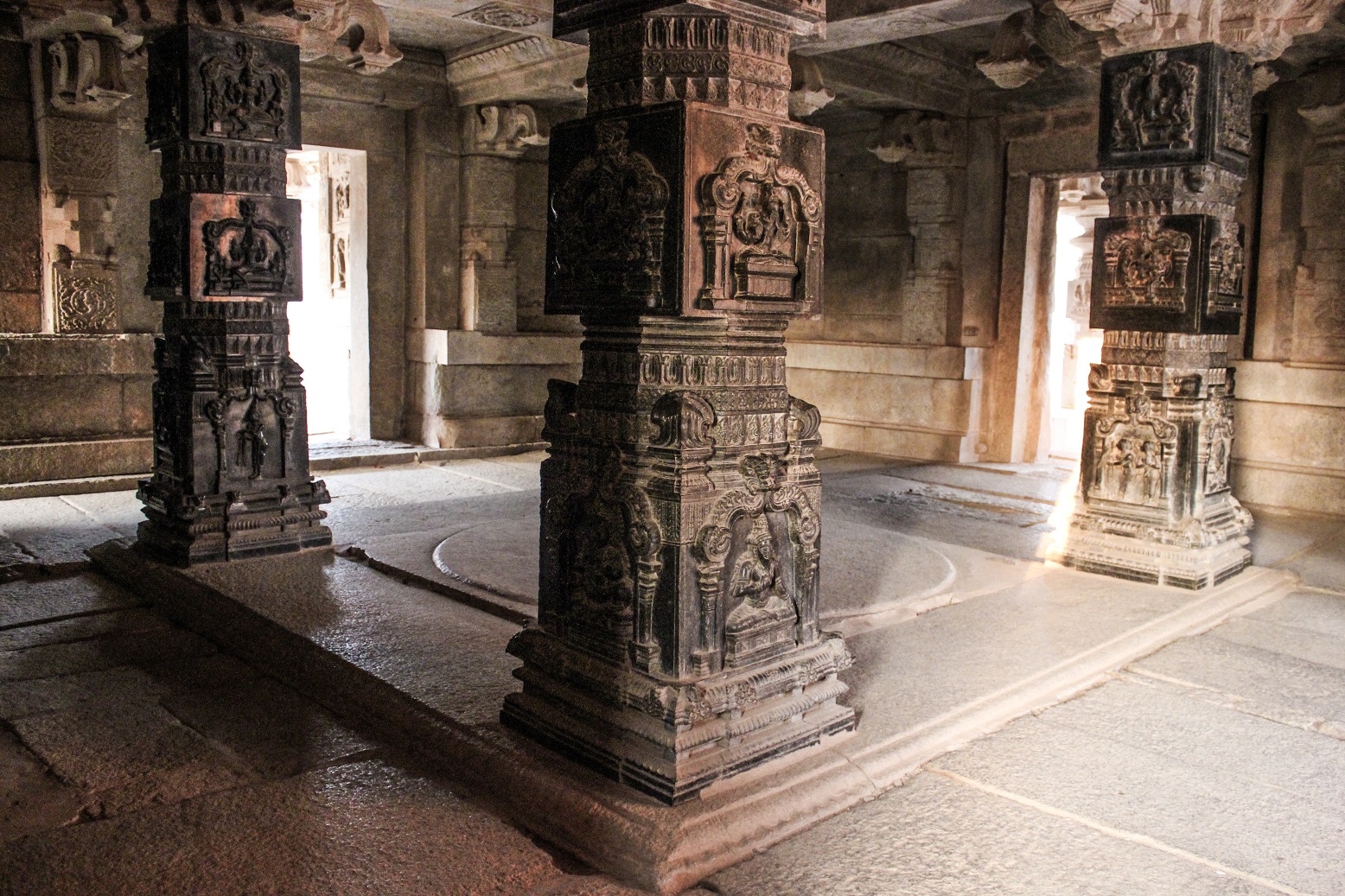
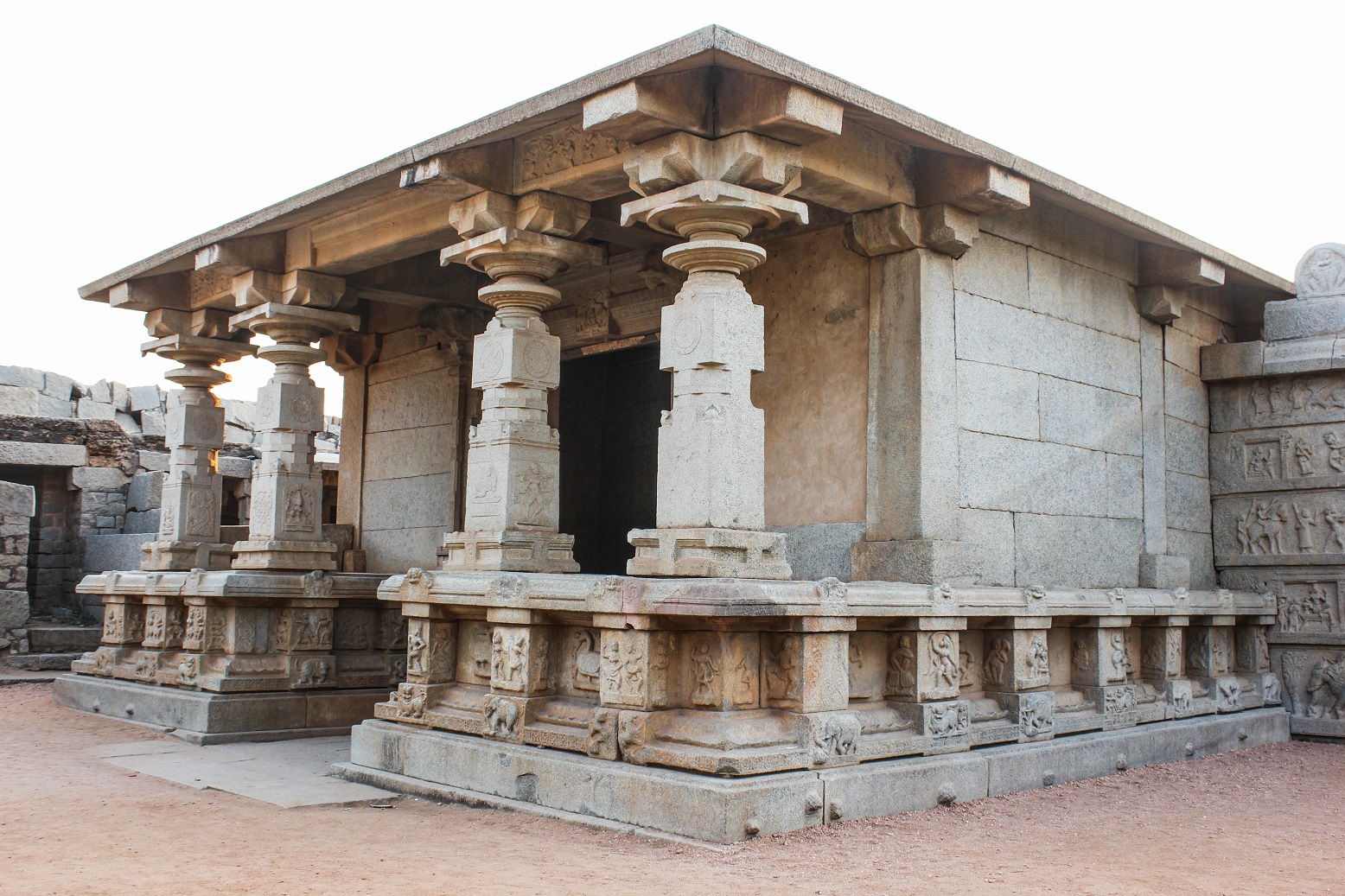
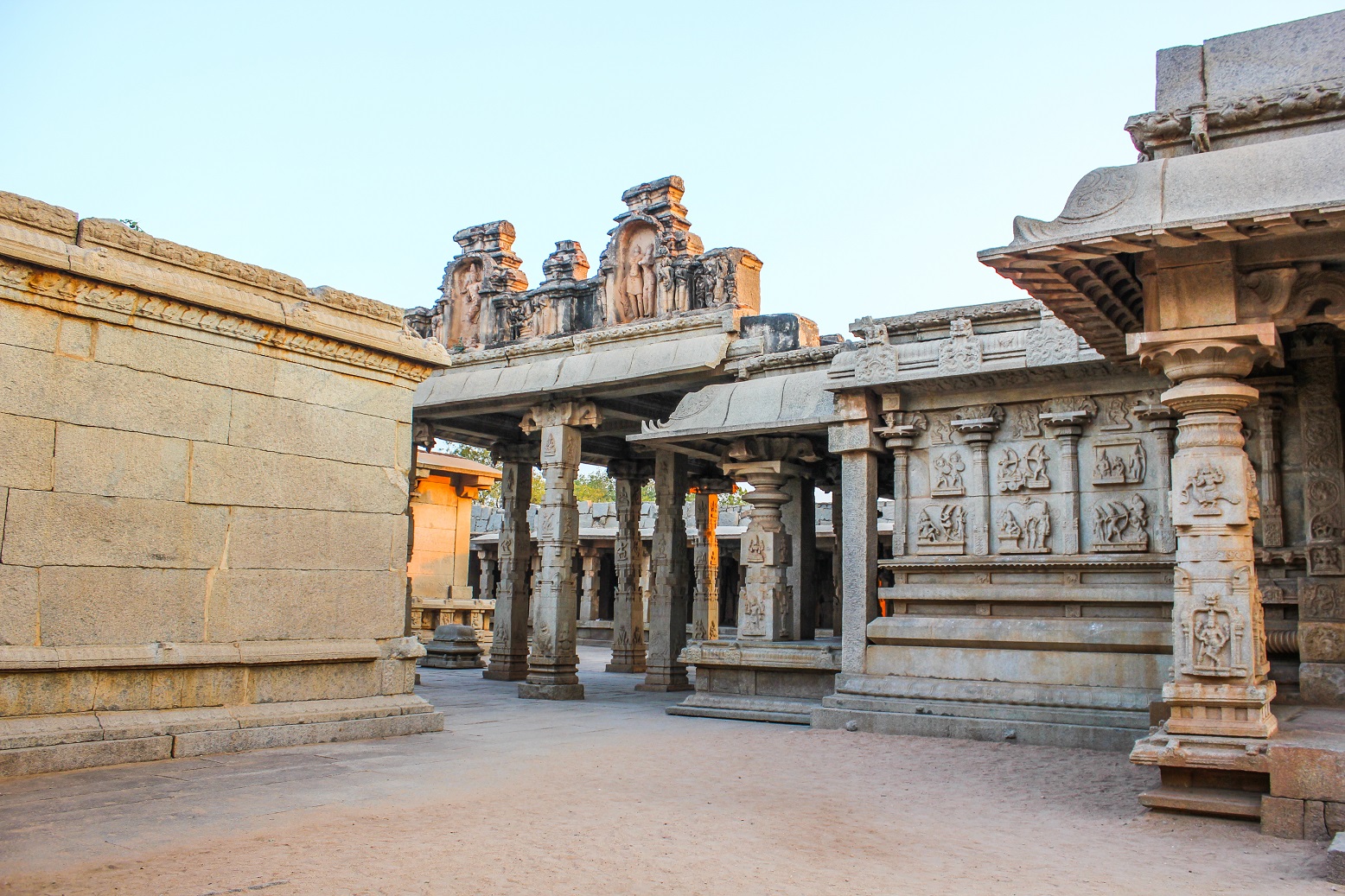
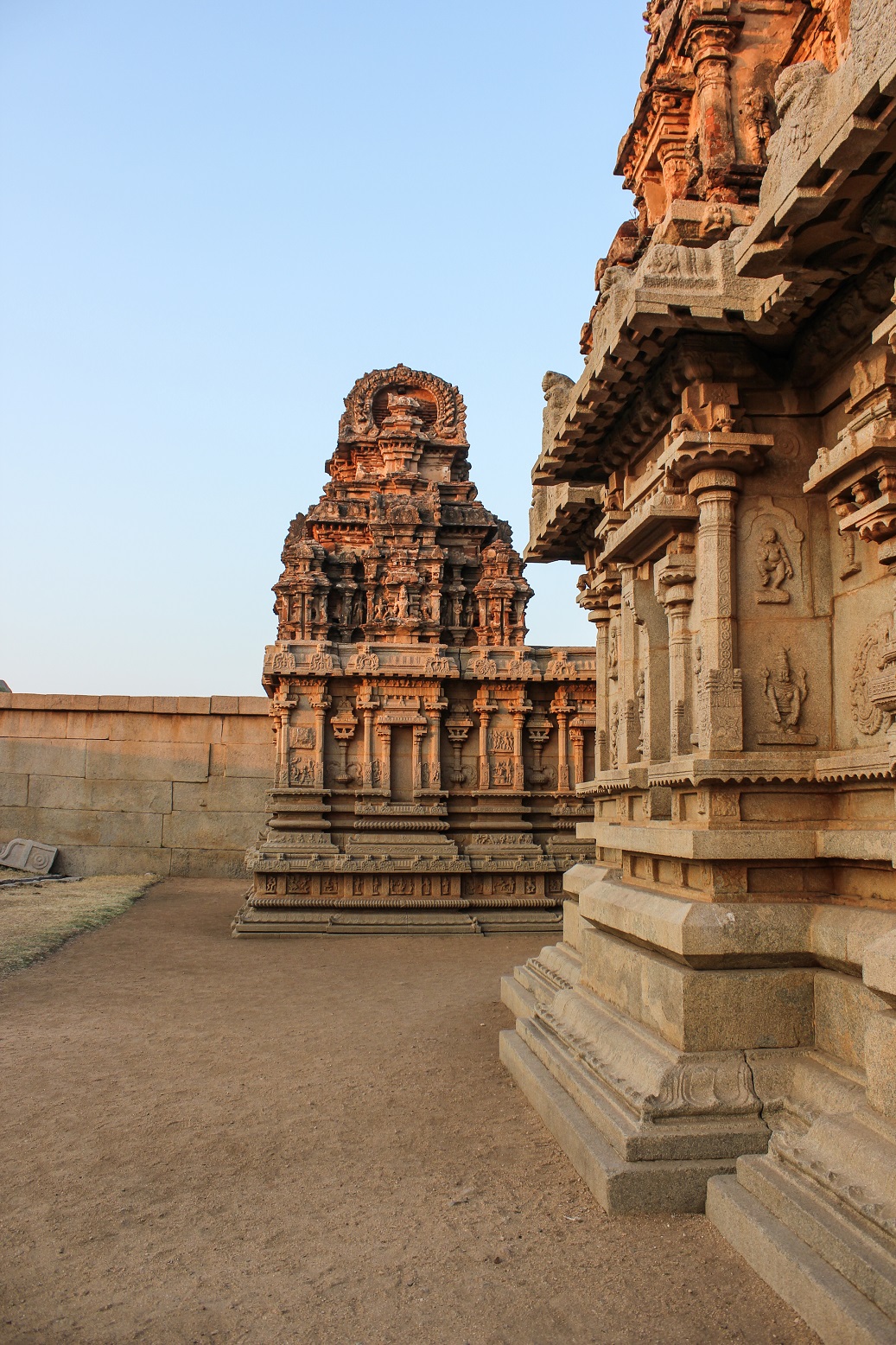
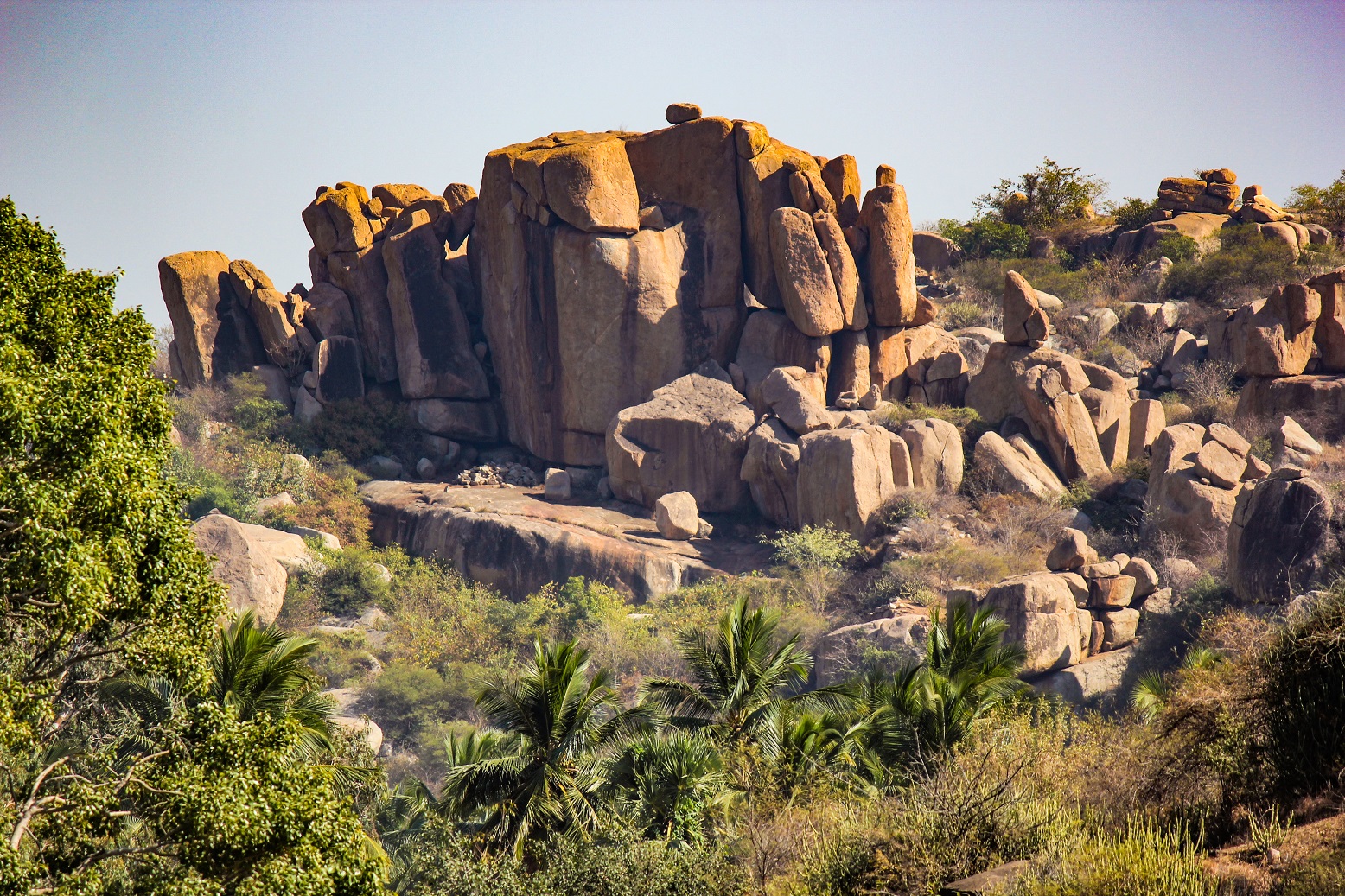
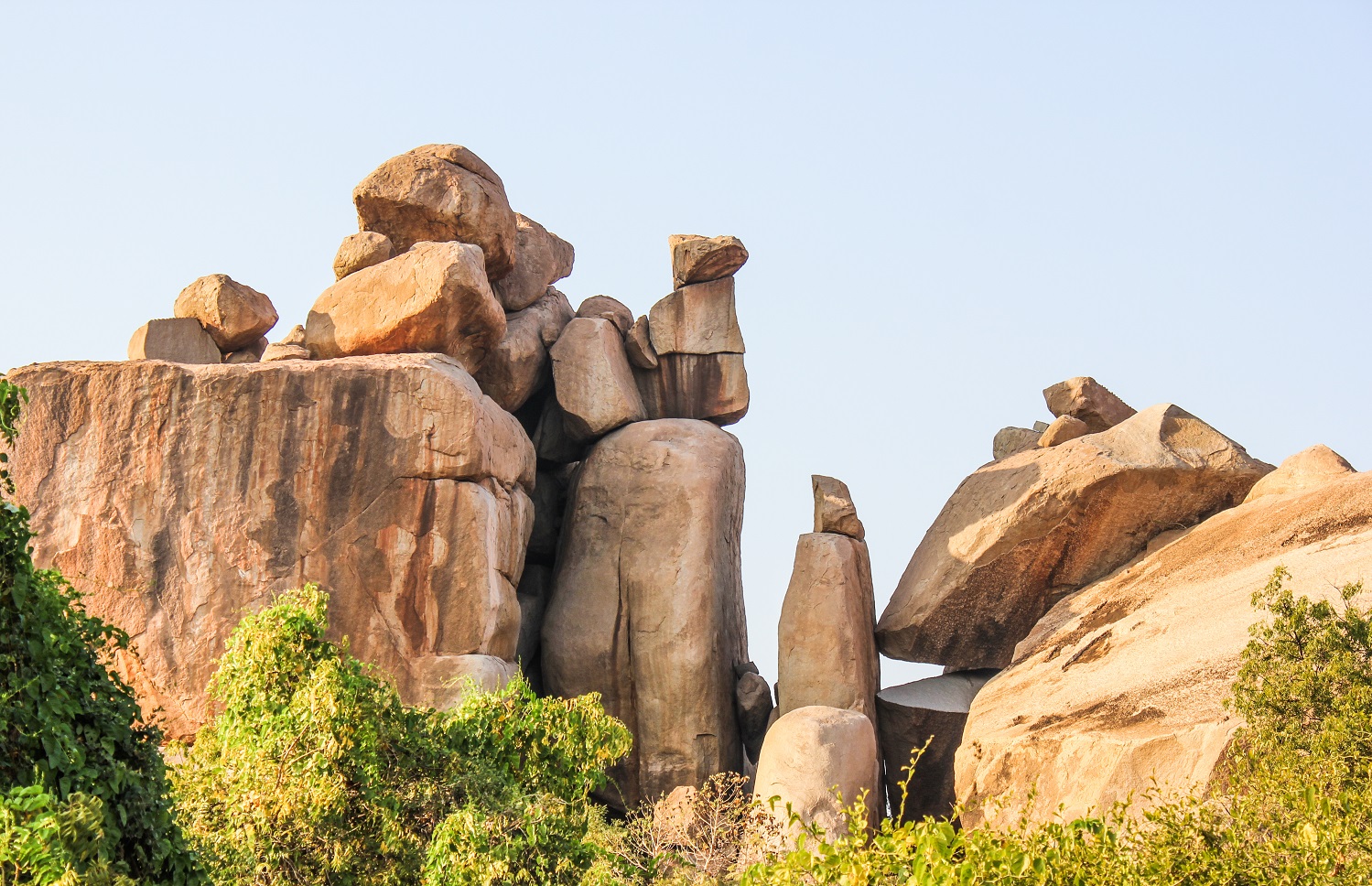
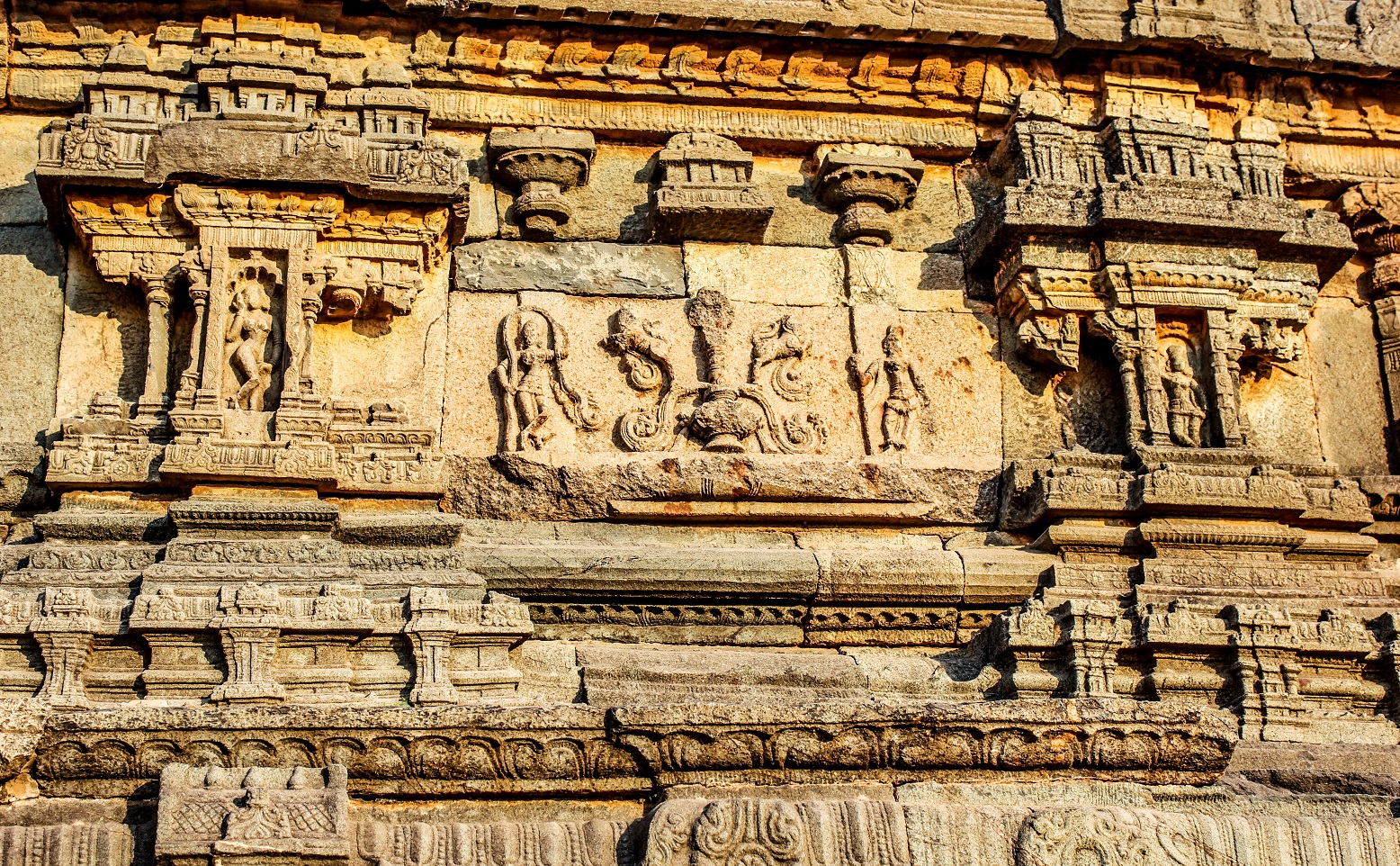
Reflections:
The Stone Chariot: Symbolic of Chariot of Life. We hold the reins to this chariot of life. The four wheels are the body, mind, emotions and our life energy and if we do not channelize them all in one direction, the chariot of life starts to flounder directionless. To move ahead, we need all 4 wheels of our life channelized into one direction.
Fusion Art: It is only humans who are capable of deriving inspirations from various animate and inanimate creations that evidently serves as fusion wisdom for art of living.
Epic Tales: Across the temple the epic tales of Ramayana and the ten avatars of Vishnu are crafted into the walls and pillars of the Temples. Every tale is a trumpet of life’s semantics where the purpose of life and its emancipation is in realizing that we are here in a role play. Being alive to the moment and doing what the role demands is ultimate pragmatism. Being caught up in regrets of past and anxieties of future, disappointments of failed dreams and expectations, lost in internal battles between the bodily needs, mental fantasies, and emotional extremities is a worthless drama.
Idol sculptures: Every sculpture of the gods Ganesha, Shiva, Narasimha, Avatars of Vishnu and the tales that served as inspirations for artists, are a testimony of the unpredictable nature of events around the world and how trying to control it is a futile attempt. It is also a testimony of a higher order force that is source of all creation and prevailing order in the universe. Every story shows that the heroes the world has celebrated are those who have respected the intelligence of the unknown mystical force and have not become victims of narcissism and delusion.
State-of-the-art: The skill in crafting a stone with no machines speaks volumes about human excellence that was the order of the day. In the name of development and market economy, it is worth a retrospection on what we have lost in the field of art, aesthetics, wisdom and spirituality, that are instrumental in pursuit of happiness. Vijayanagara empire and social order then is an inspiration in nurturing a society through sound administration that was able to direct and yet empower people to reach their highest potential and preserve the happiness quotient in citizens balancing the encouraging for logical, analytical and the art and aesthetics.
A visit to Hampi is a holistic journey to the past, an inspiration into crafting a future and a journey inward in unravels the semantics of life.
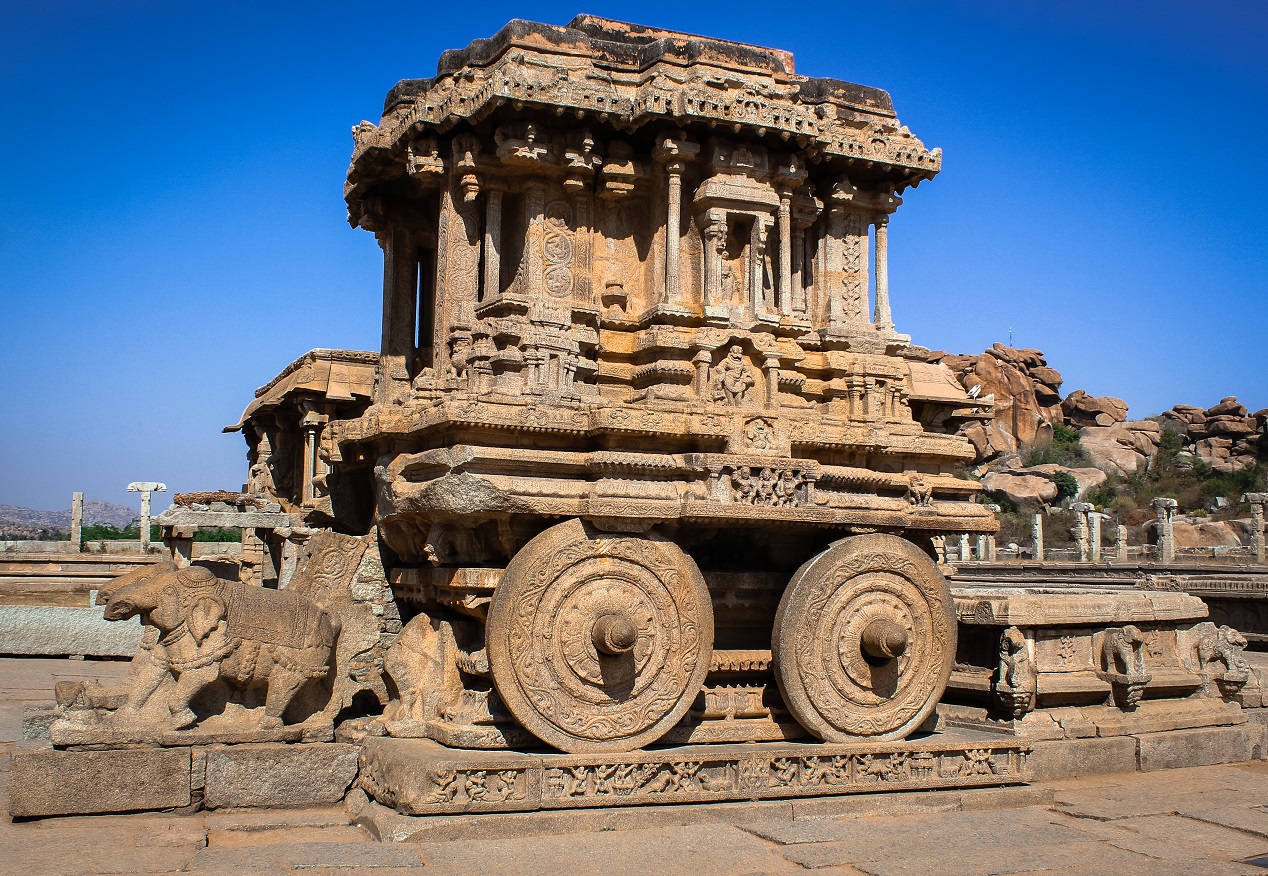
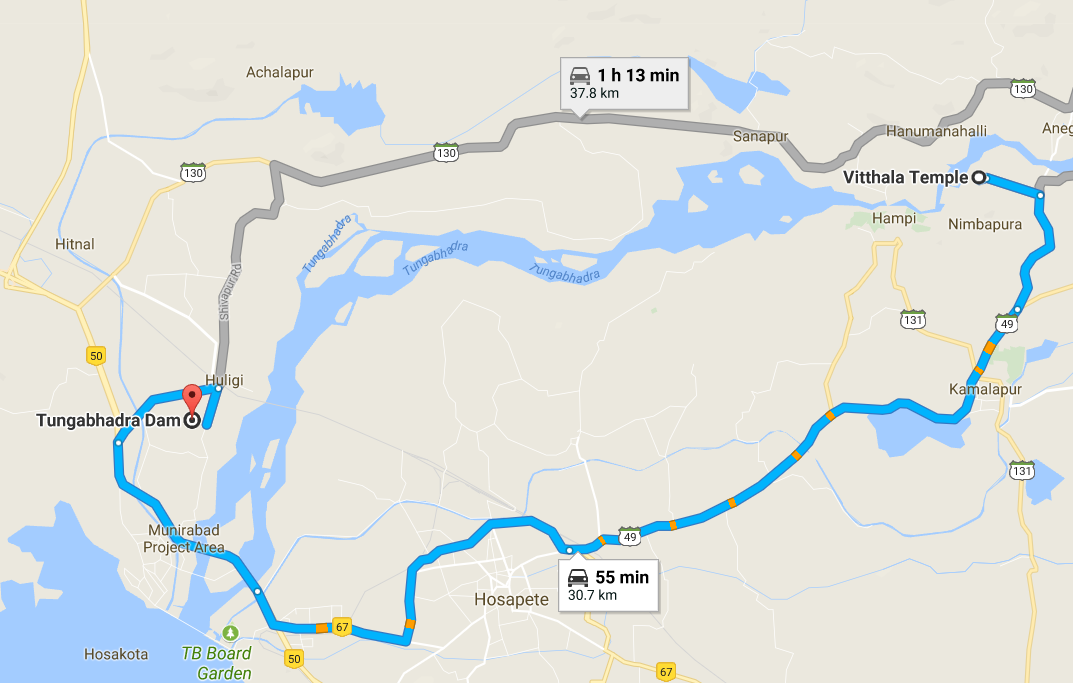

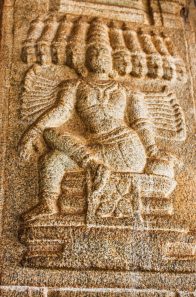
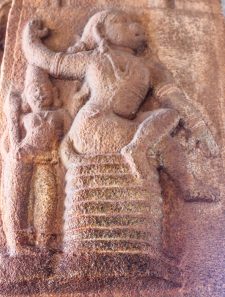
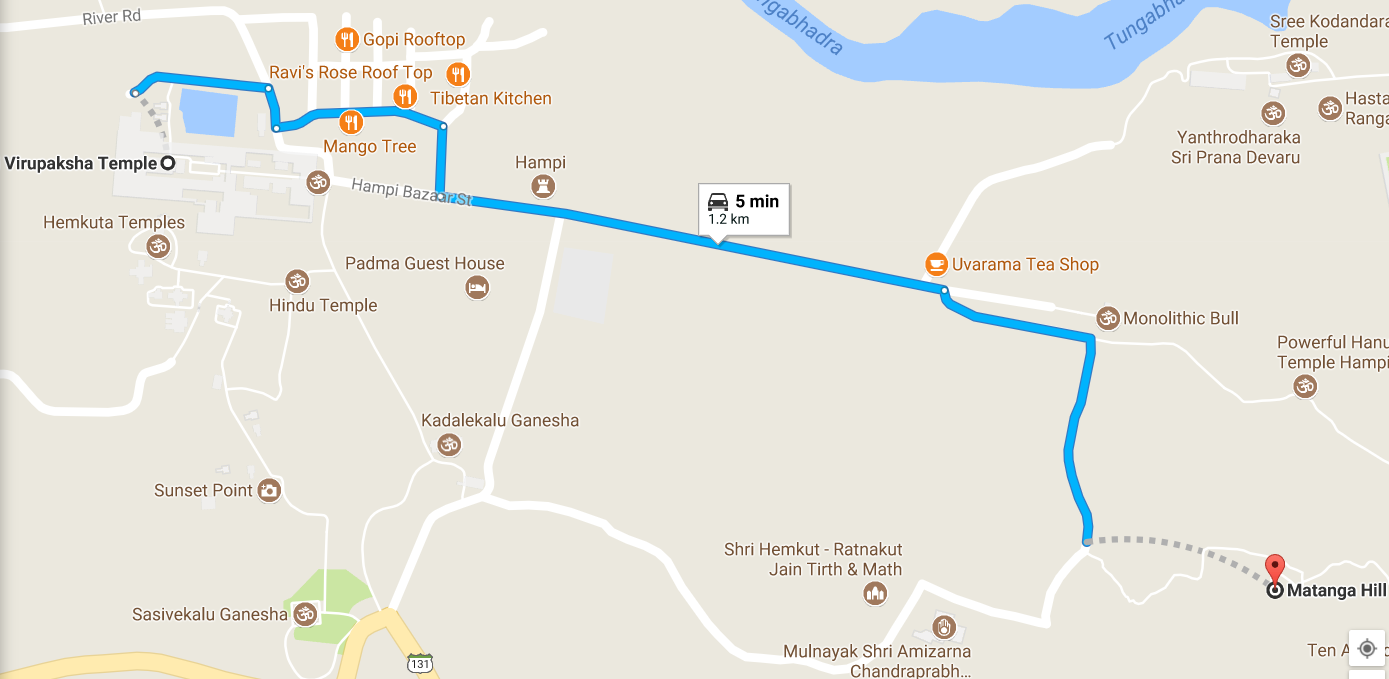
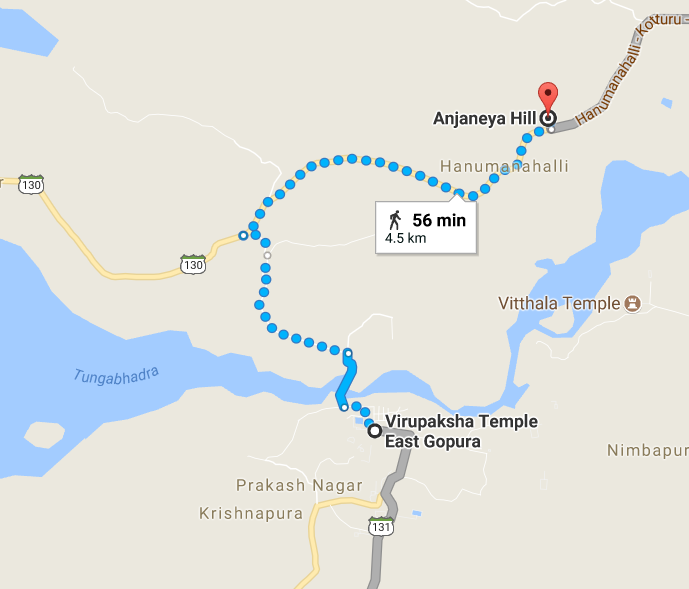
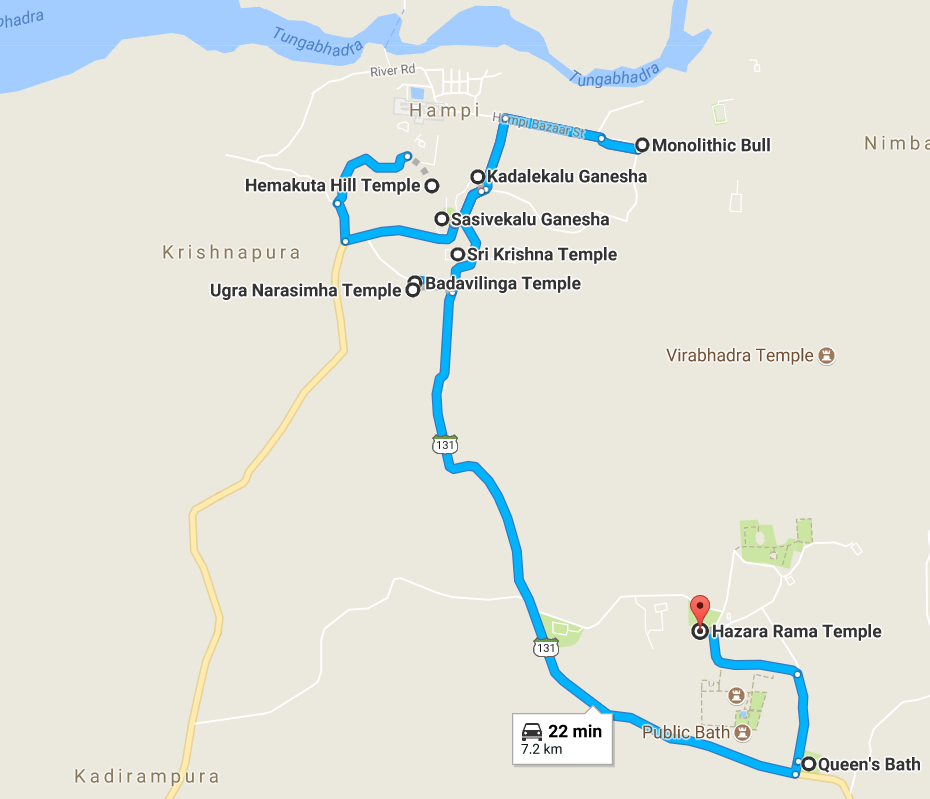
Beautiful article and informative, also encouraging for people to go visit these places.
Please keep such articles coming.
Thank you